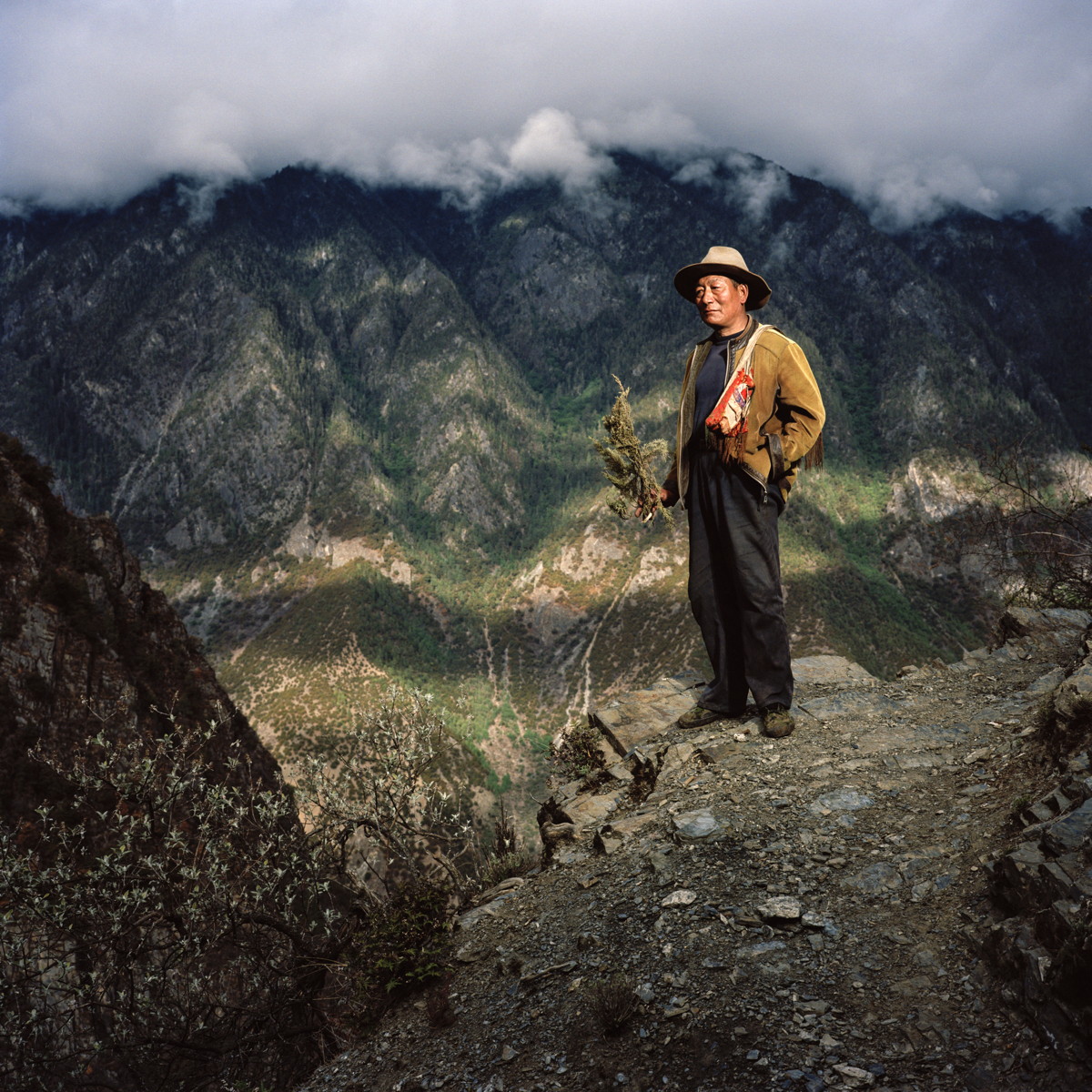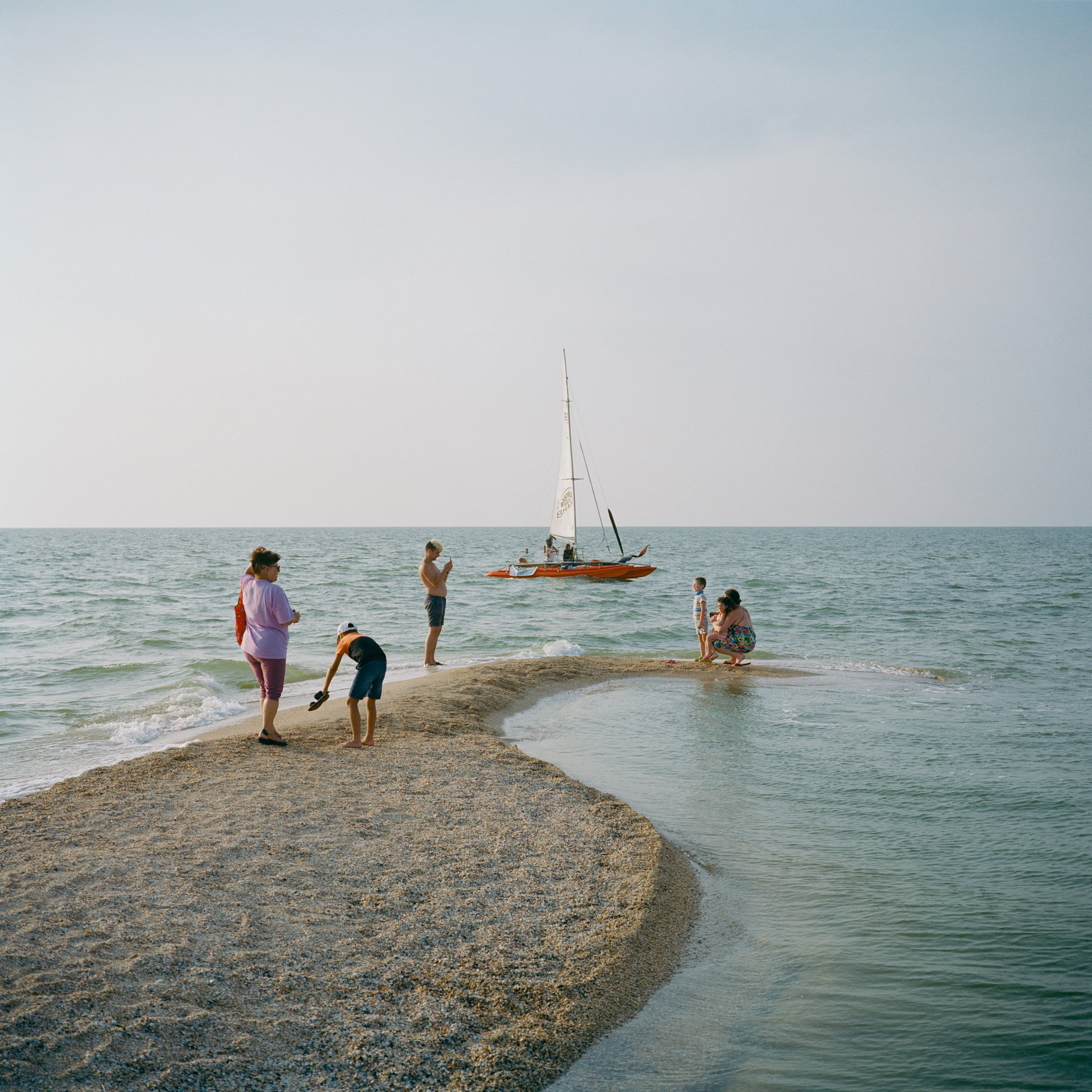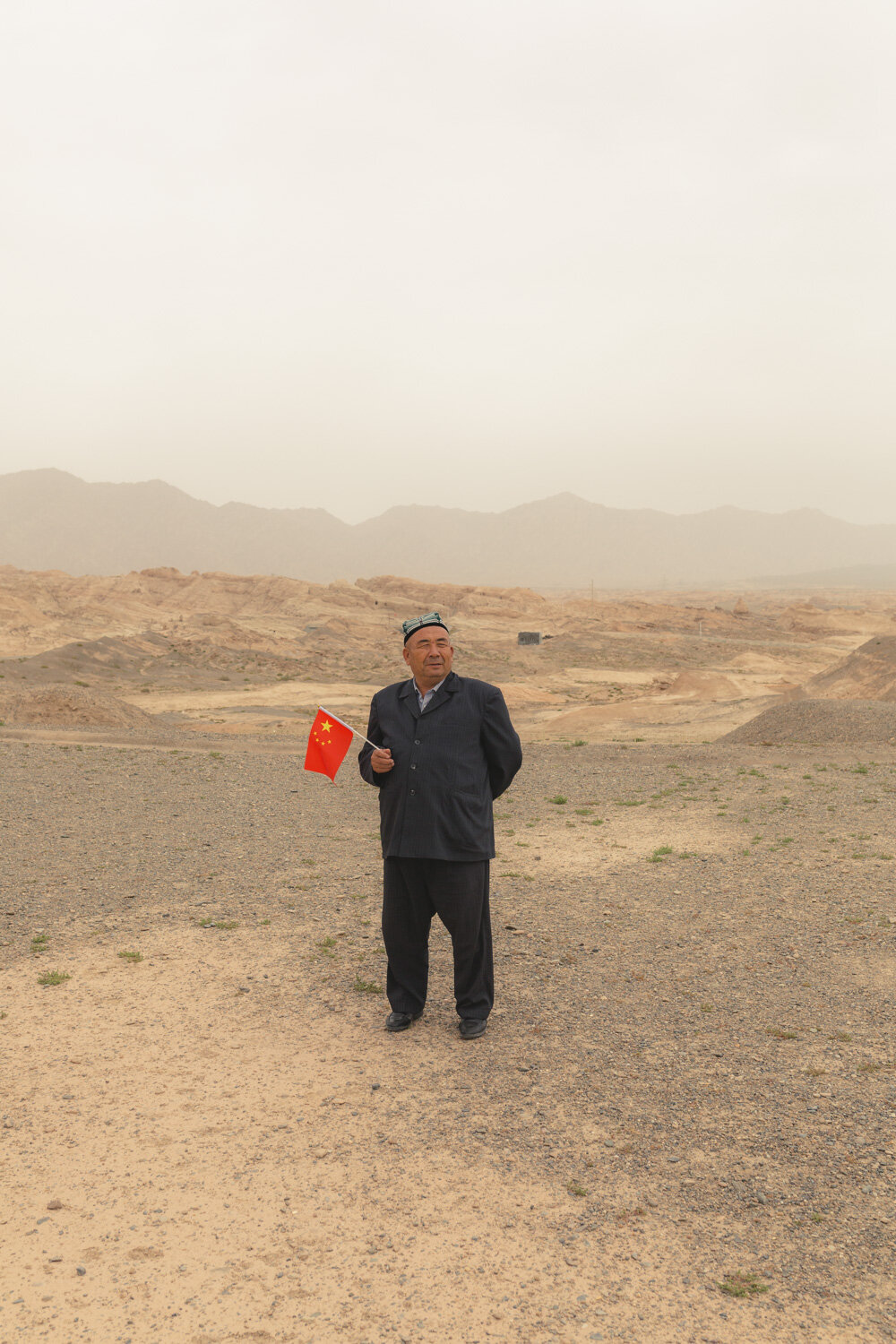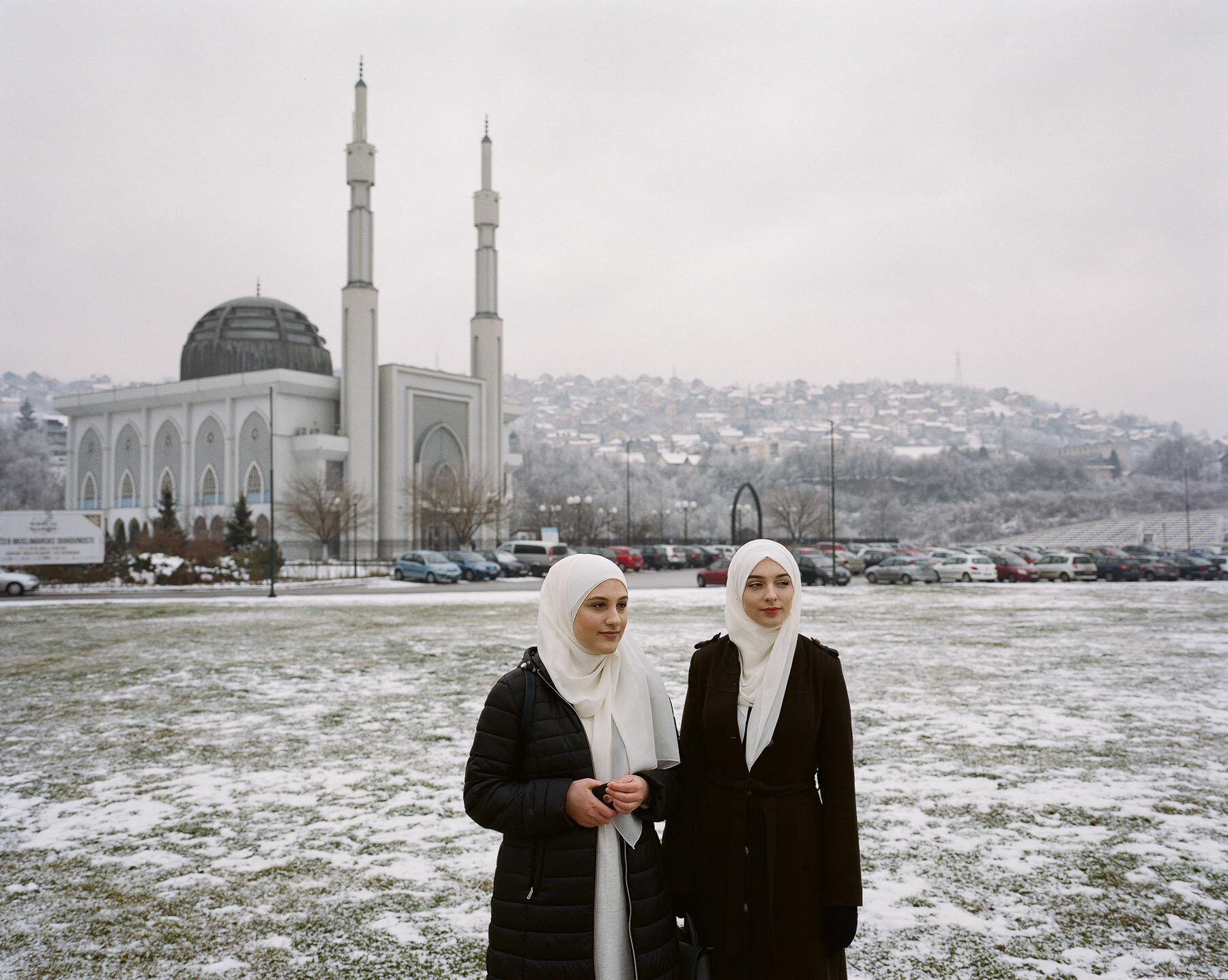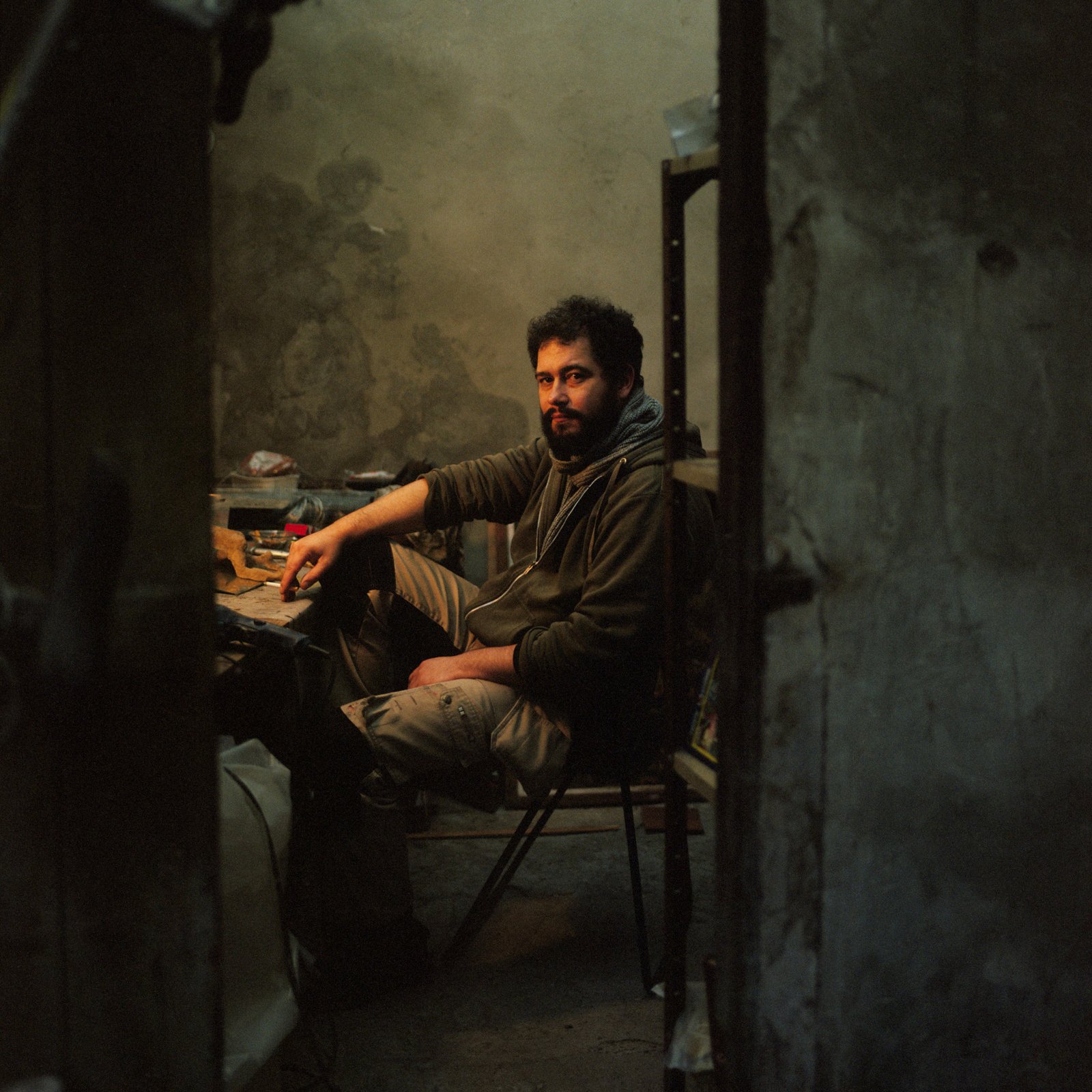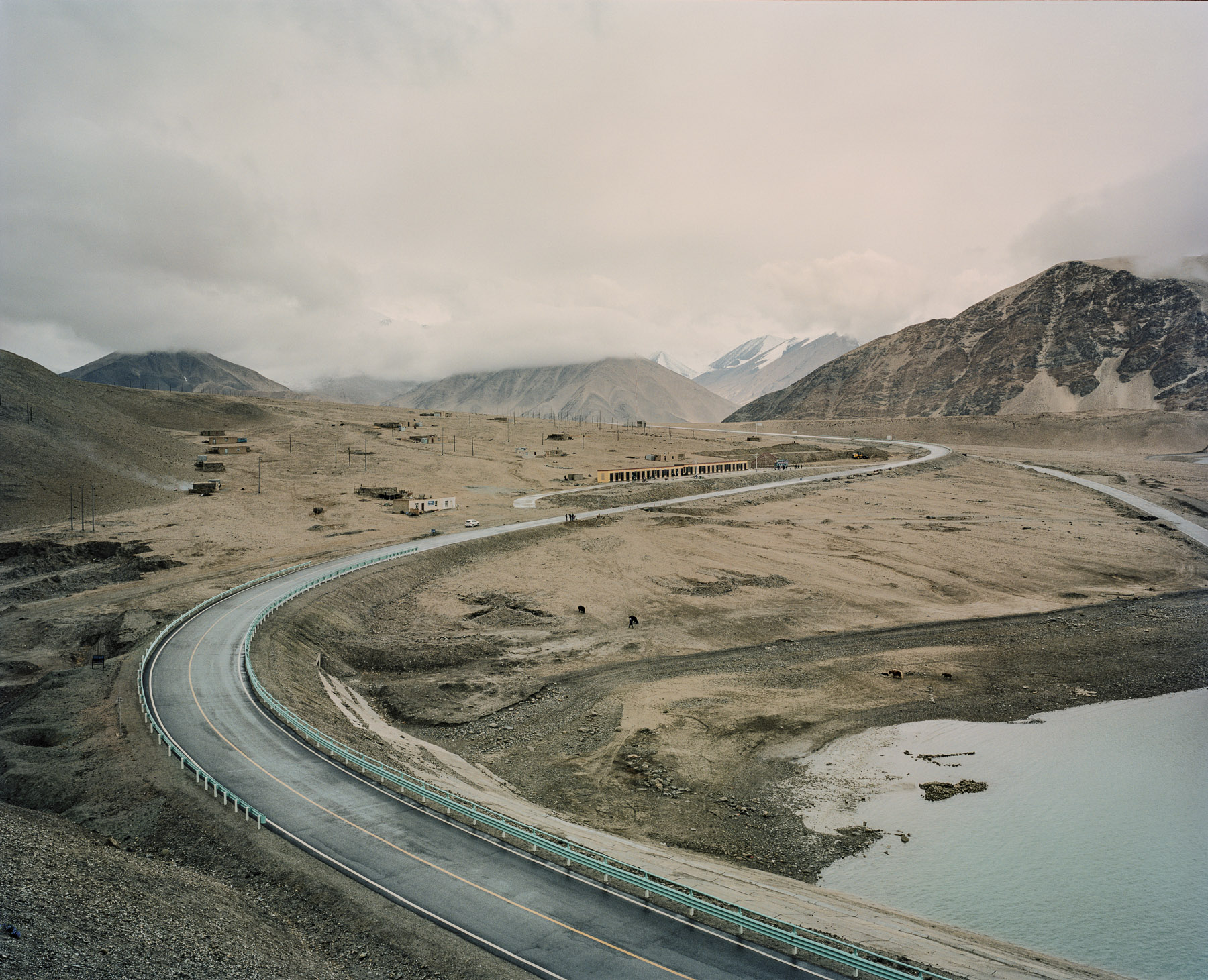
May 2016. Xinjiang province, China. View of road G314 in China, aka the Karakoram highway, the road linking the western Chinese province of Xinjiang with Pakistan through the Pamir mountains. On the right is the Baishahu lake.
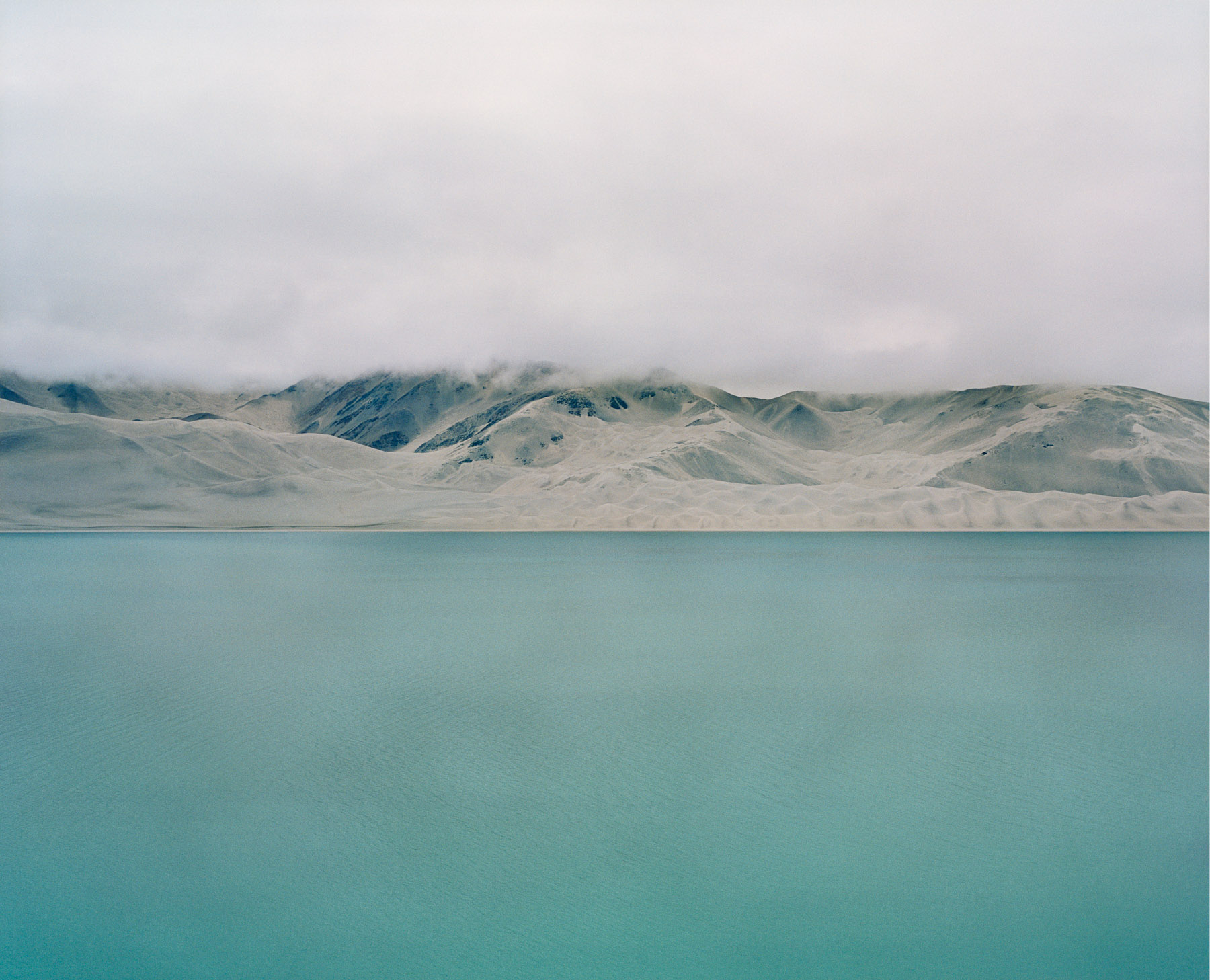
May 2016. Xinjiang province, China. View of Baishahu lake on the itinarary of the Karakoram highway, the road linking the western Chinese province of Xinjiang with Pakistan.

May 2016. Xinjiang province, China. View of road G314 in China, aka the Karakoram highway, the road linking the western Chinese province of Xinjiang with Pakistan through the Pamir mountains.

May 2016. Xinjiang province, China. Travellers getting on and off the train to Hotan at the Kashgar railway station. This is the only railway linking the oasis towns south of the Taklamakan desert where most of Xinjiang's Uighur community in Xinjiang lives. Xinjiang is the westernmost province in all China, located at the border of Central Asian countries, Russia and Mongolia. More than twice the size of France, it has only 22 million inhabitants, a majority of which are the indigenous Uighurs, a sunni-muslim Turkic ethnic group which has lived in the region for centuries. Tensions have nonetheless arisen in the last decade as a consequence of the en-masse migration of Han Chinese settlers and confessional persecution by the strongly secular governmental authorities.

May 2016. Xinjiang province, China. The bazaar of Hotan.
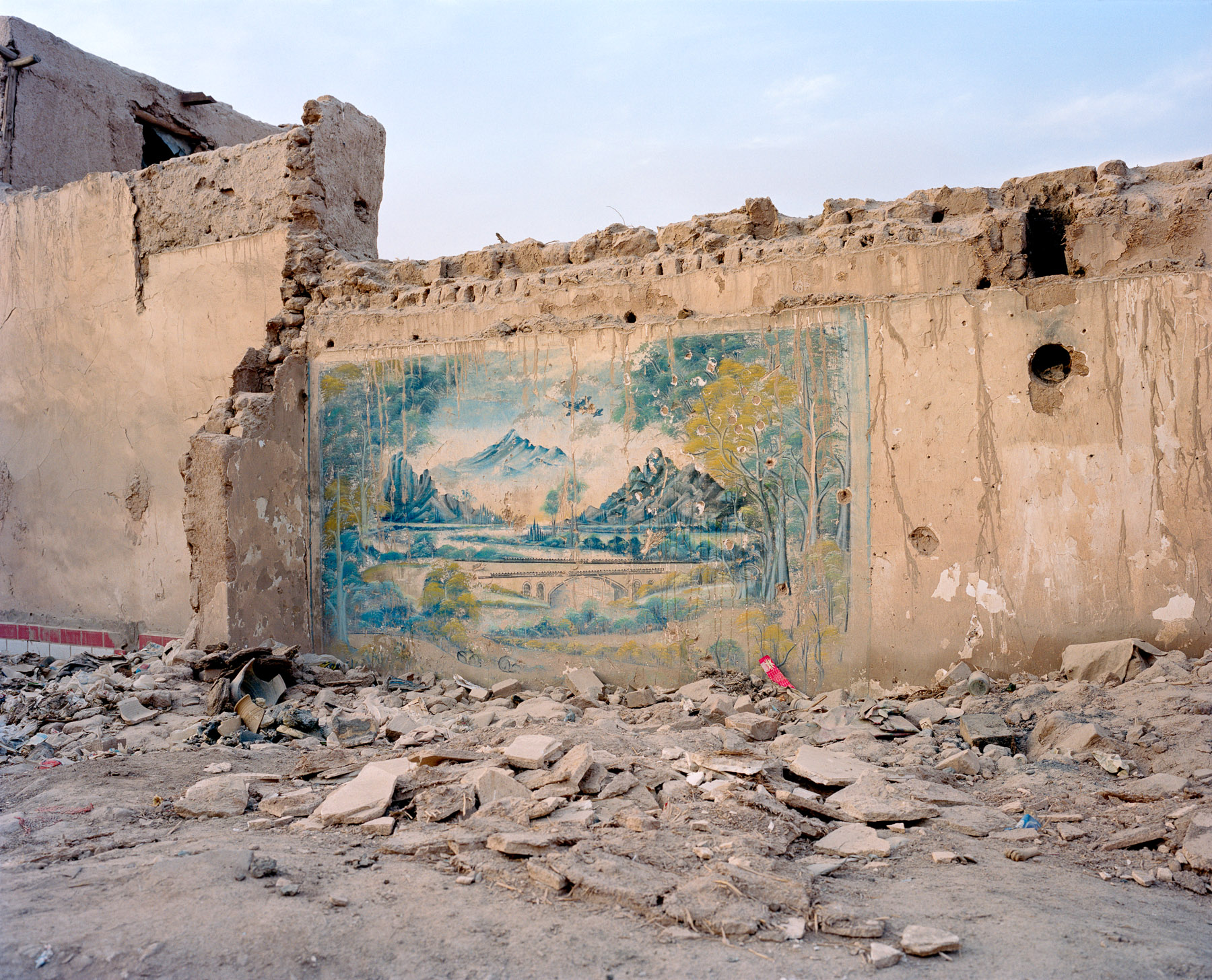
May 2016. Xinjiang province, China. Ruins of the old city of Kashgar, mostly destroyed by the Chinese authorities in order to build a new version of this ancient silk road city. After the destruction of Kabul during the civil war, the old city of Kashgar was the only remaining ancient town of the silk road.
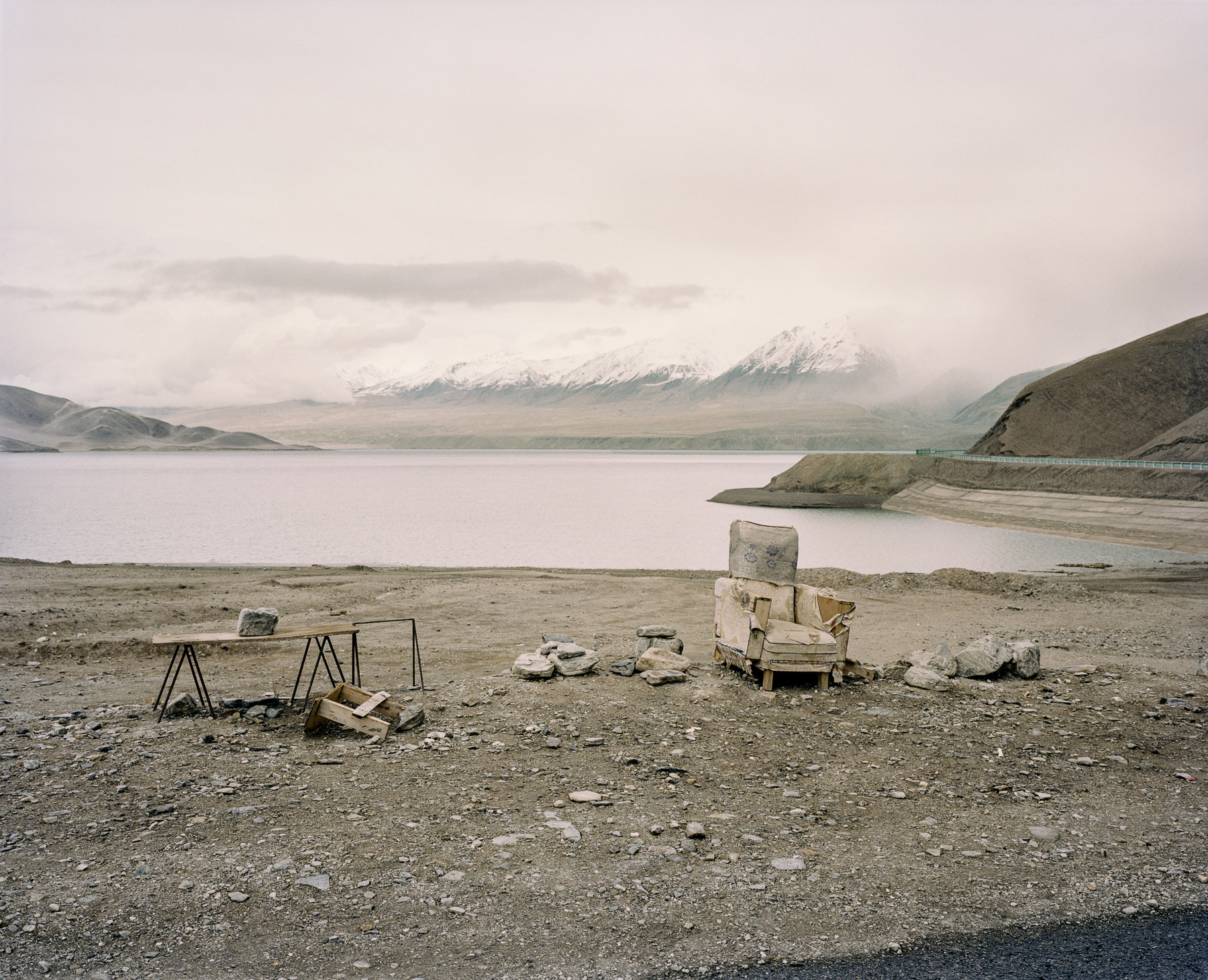
May 2016. Xinjiang province, China. View of Baishahu lake on the side of the Karakoram highway, the road linking the Chinese western province of Xinjiang with Pakistan.
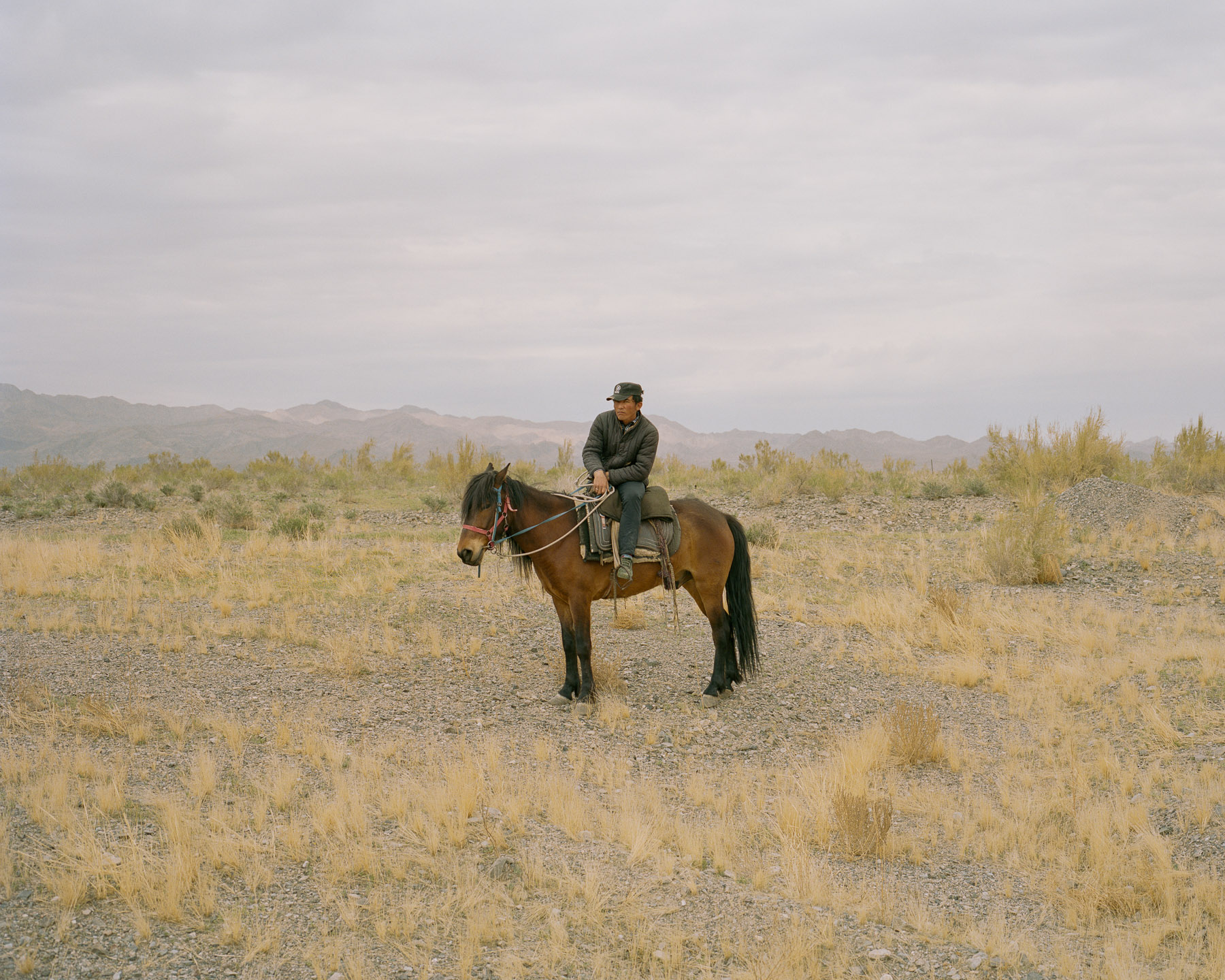
May 2017. Xinjiang province, China. Kazakh minority herdsman on his horse tending to his herd of goats in the Northwestern part of the Chinese province of Xinjiang near the border with Kazakhstan.
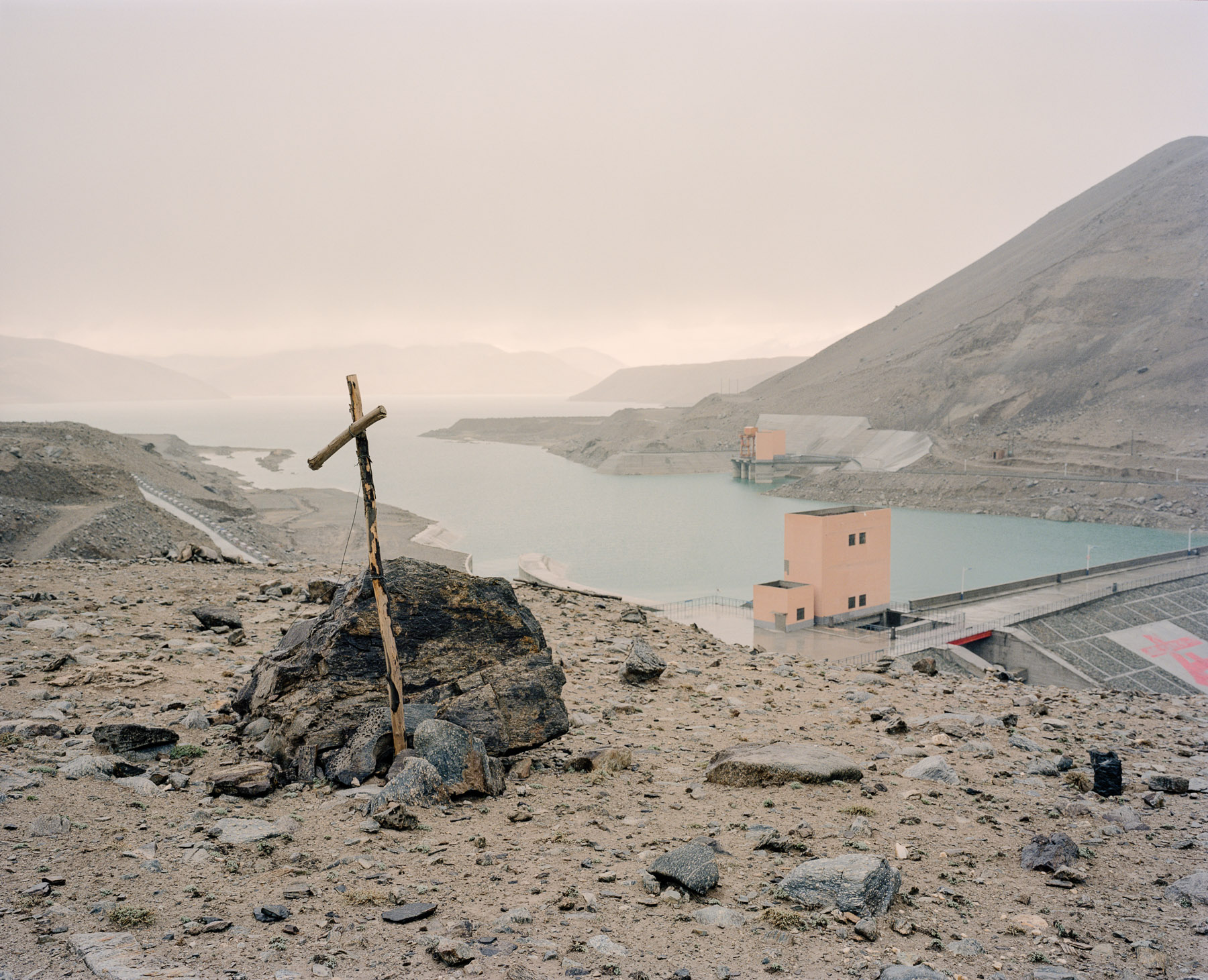
May 2016. Xinjiang province, China. View of Baishahu lake and its dam. The lake is situated on the road G314 in China, aka the Karakoram highway, the road linking the western Chinese province of Xinjiang with Pakistan through the Pamir mountains.
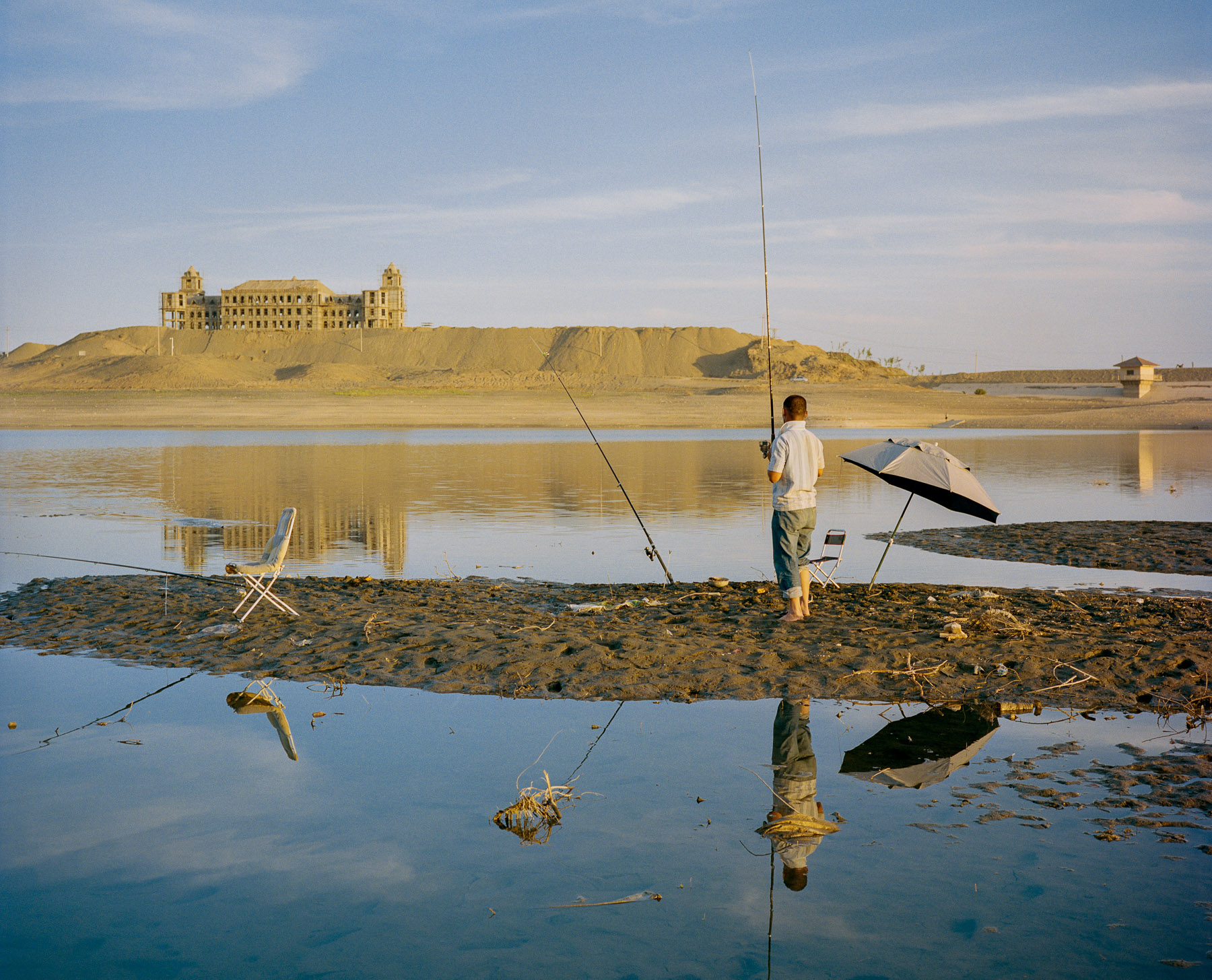
June 2016. Xinjiang province, China. A Han Chinese migrant worker fishing in a small lake in the outskirts of Turpan. In the background, a typical item of China's fast developping West, a half-built half-decaying palace or government building.
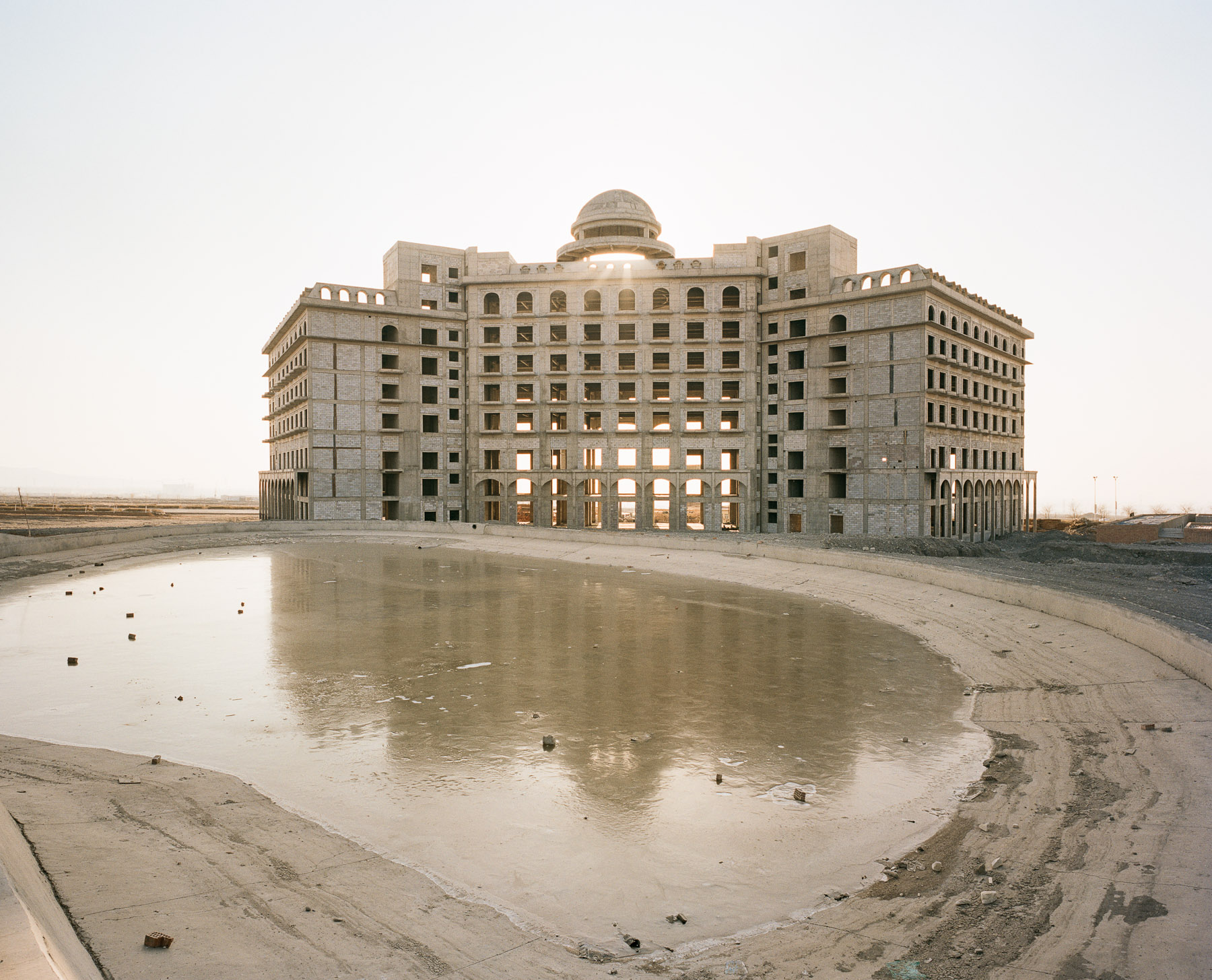
December 2016. Xinjiang province, China. Half constructed and decaying palace hotel in the new development zone of the city of Turpan in Xinjiang.
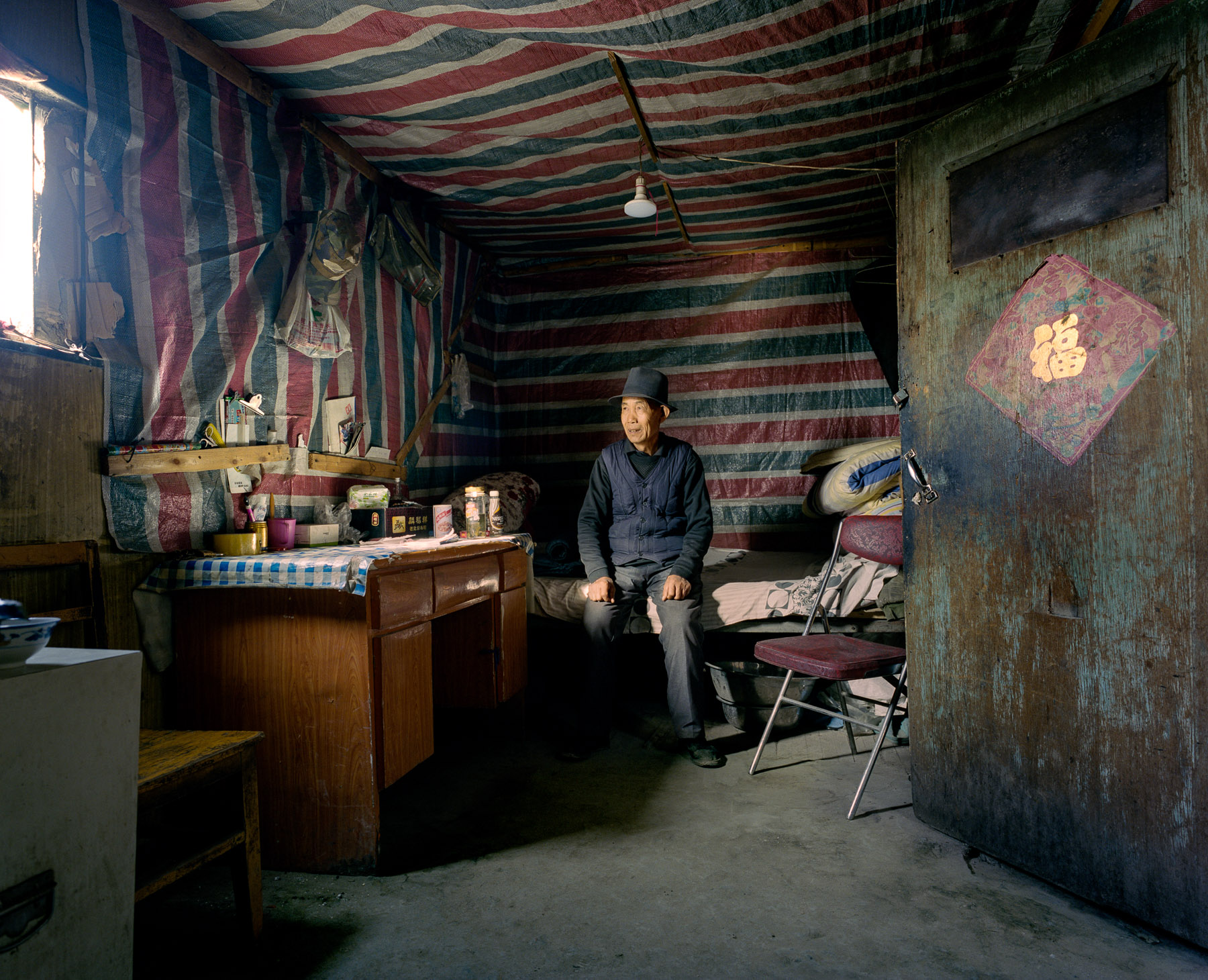
May 2016. Xinjiang province, China. Old Han Chinese man photographed in the bedroom of his house. He is the guardian of a mine in the Taklmakan desert in the western Chinese province of Xinjiang.
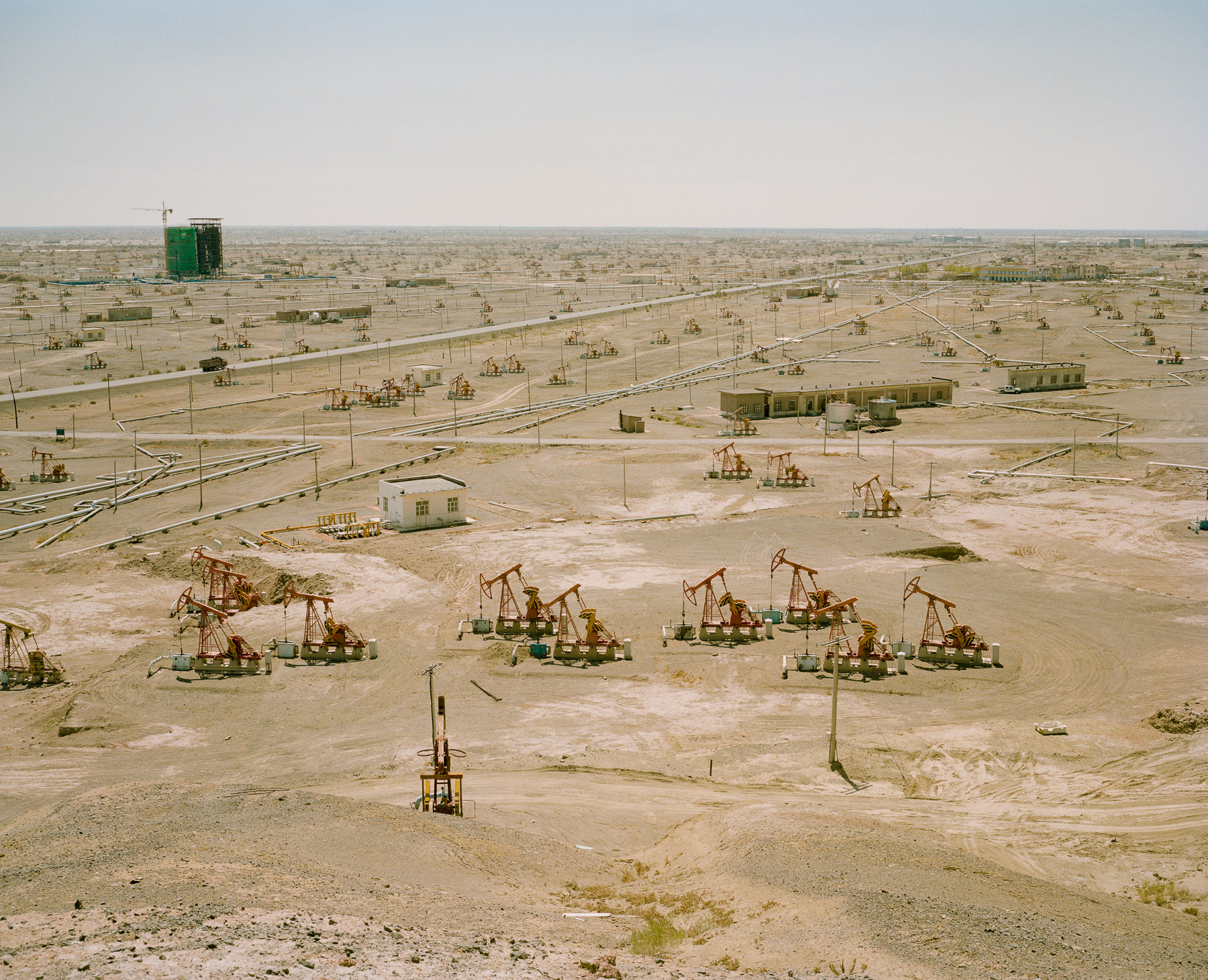
May 2017. Xinjiang province, China. View of the pumps in the oil field in the outskirts of the city of Karamai.

December 2016. Xinjiang province, China. Oil exploration team from CNPC - China National Petroleum Corporation - operating in the Taklamakan desert in the province of Xinjiang. This team and a few others are setting up thousands of explosive charges for weeks at a time that are all detonated at sthe same time to detect oil fields.
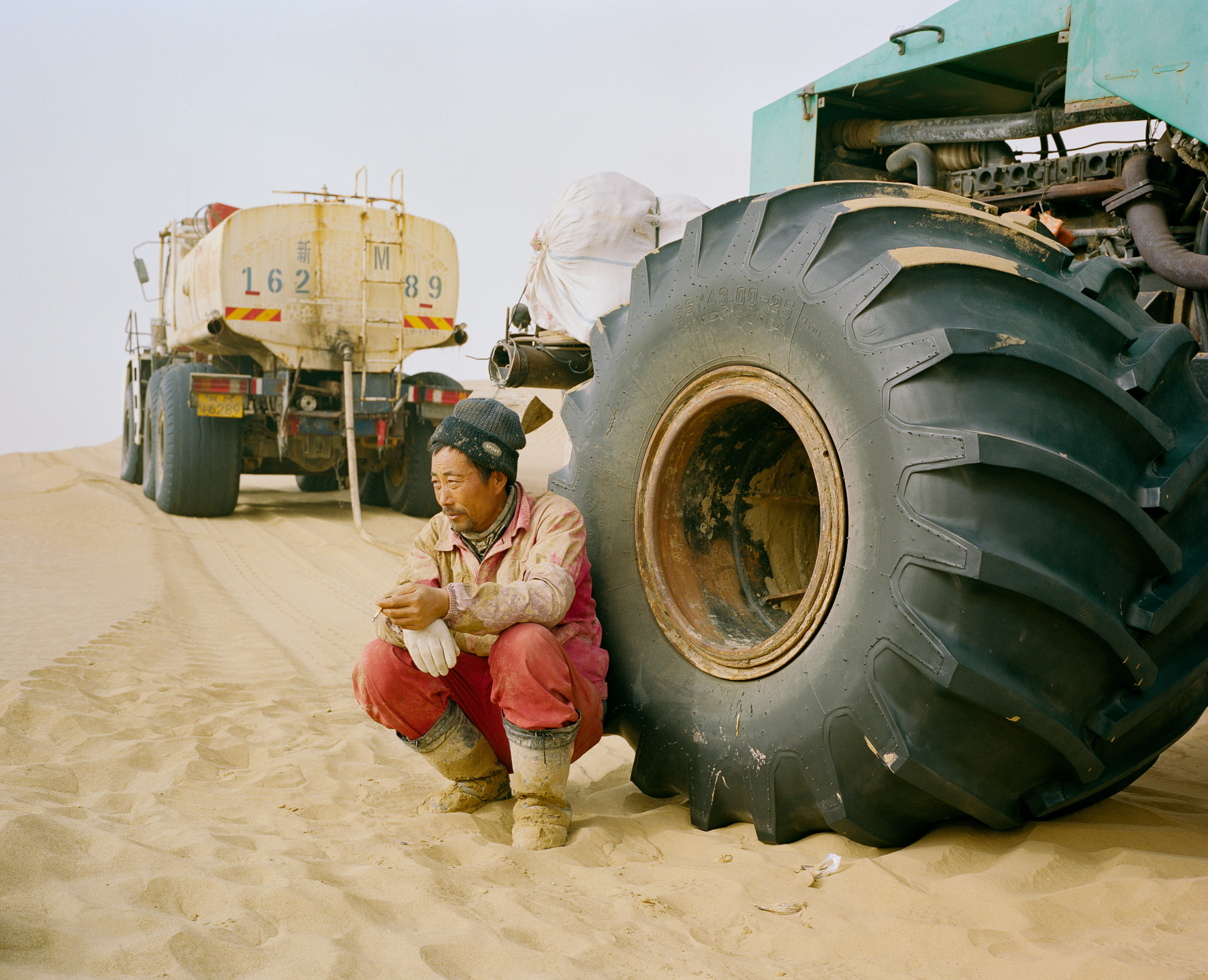
December 2016. Xinjiang province, China. Senior technician from a Chinese state-owned oil company taking a cigarette break after lunch near one of the team's vehicle. He is part of an oil exploration team from a Chinese state-owned company operating in the Taklamakan desert in the province of Xinjiang. This team and a few others are setting up thousands of explosive charges for weeks at a time that are all detonated at sthe same time to detect oil fields. Company is CNPC, China National Petroleum Corporation.
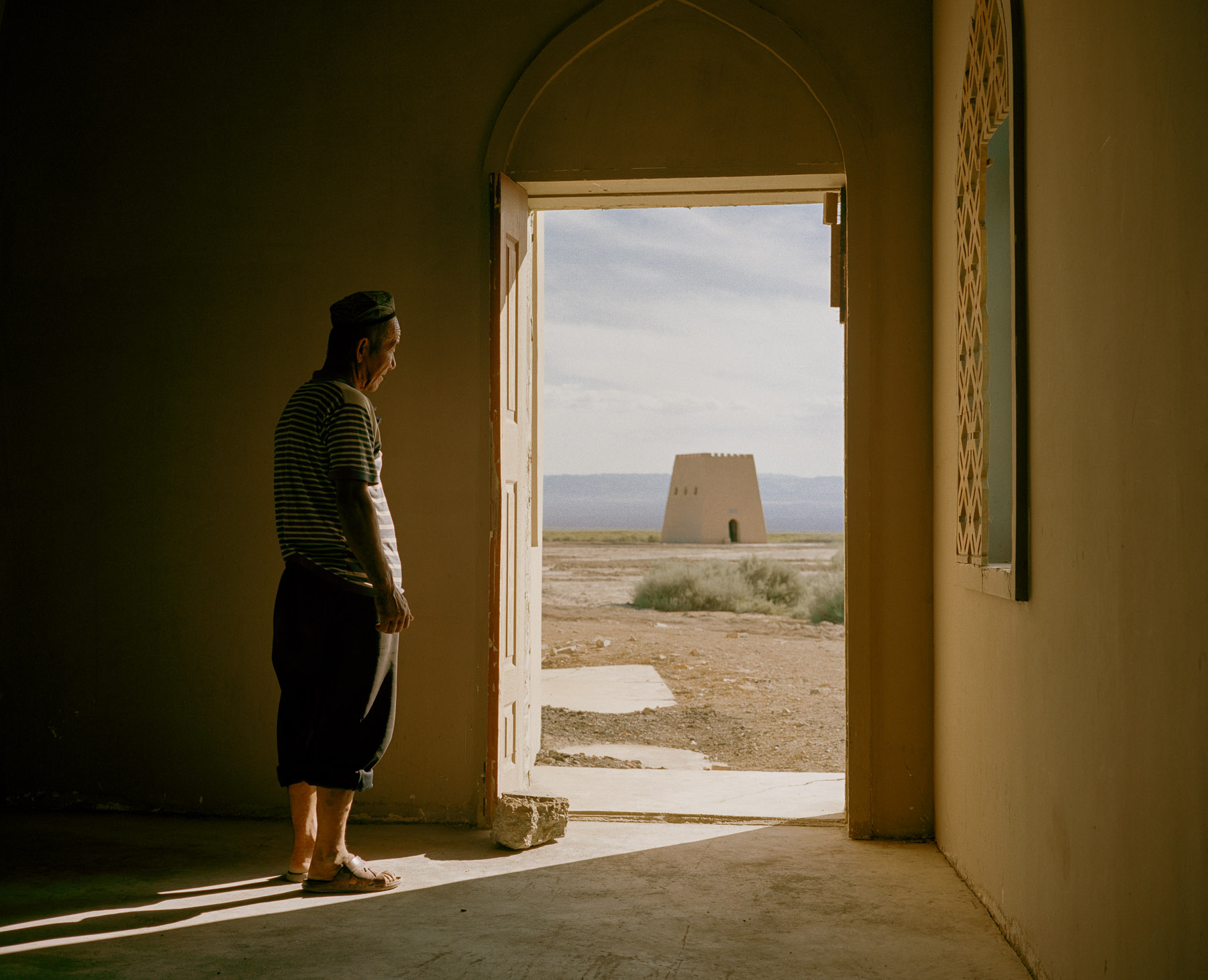
June 2016. Xinjiang province, China. Uighur man looking through the door of his house into the Turpan depression and Ayding lake. Ayding lake is a dried up lake in the Turpan Depression, Xinjiang Uyghur Autonomous Region.. At 154 m below sea level, it is the lowest point in China. This lake is now totally dried, and very muddy and salty. This man is the guardian of the site and lives here all year long, mostly by himself with his two camels and one donkey, receiving food and water on a weekly basis.
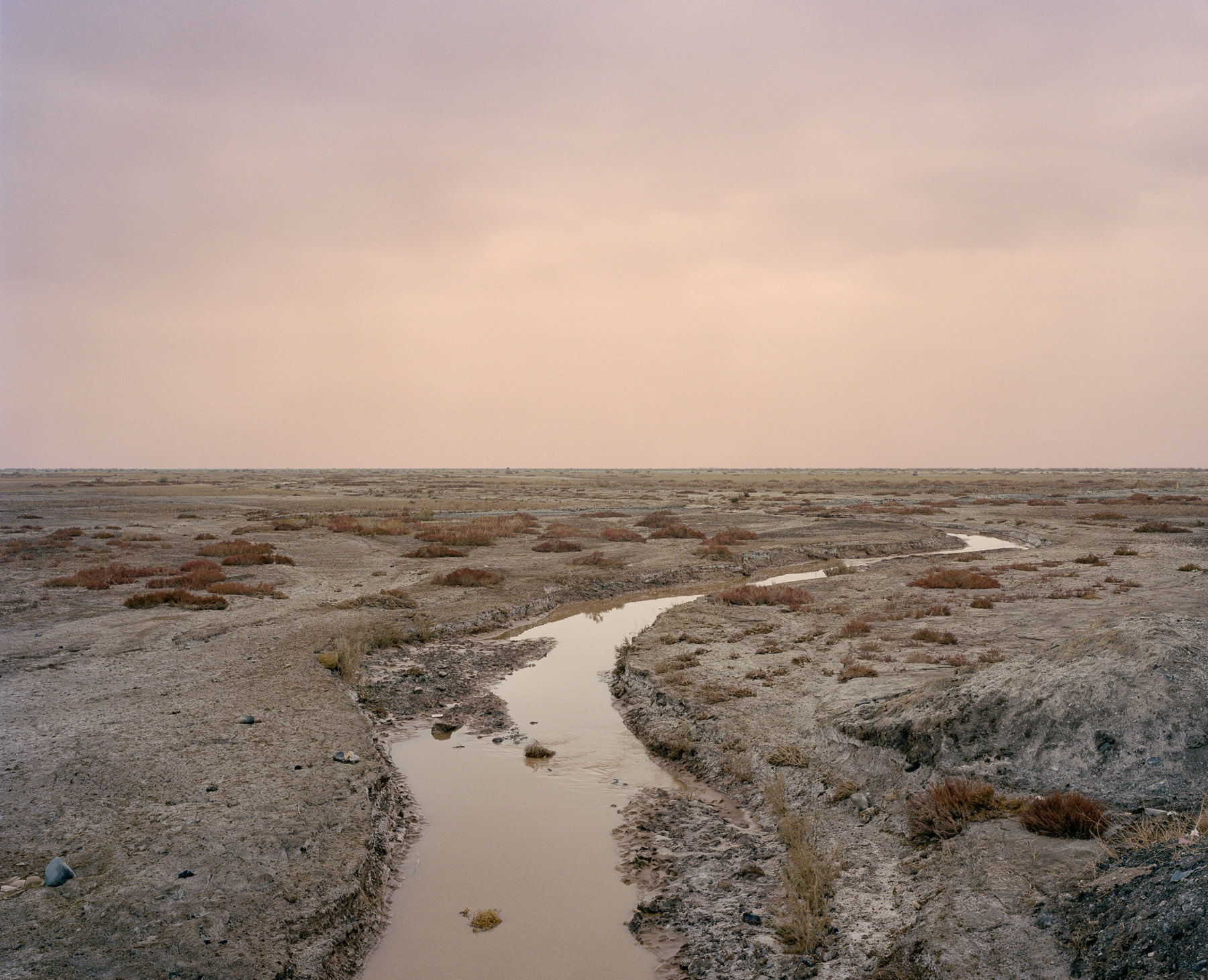
November 2016. Xinjiang province, China. Landscape near the Lop Nur desert.
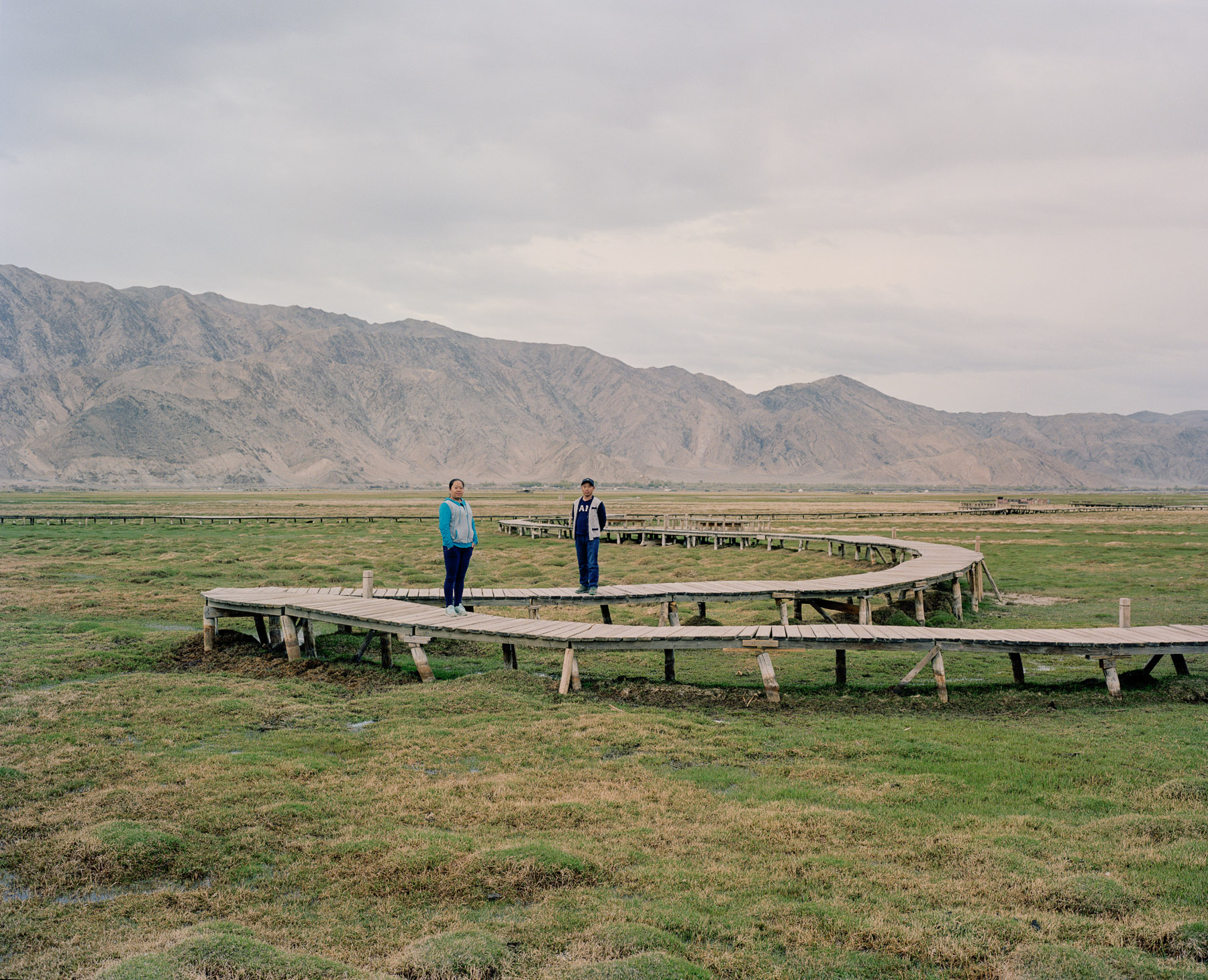
May 2016. Xinjiang province, China. A Han Chinese couple living and working in Tashkurgan posing on the Wetlands in Tashkurgan Tajik Autonomous County in Xinjiang at the border with Tajikistan. He is from Kashgar but they have met in Tashkurgan and now live there. he owns a business.
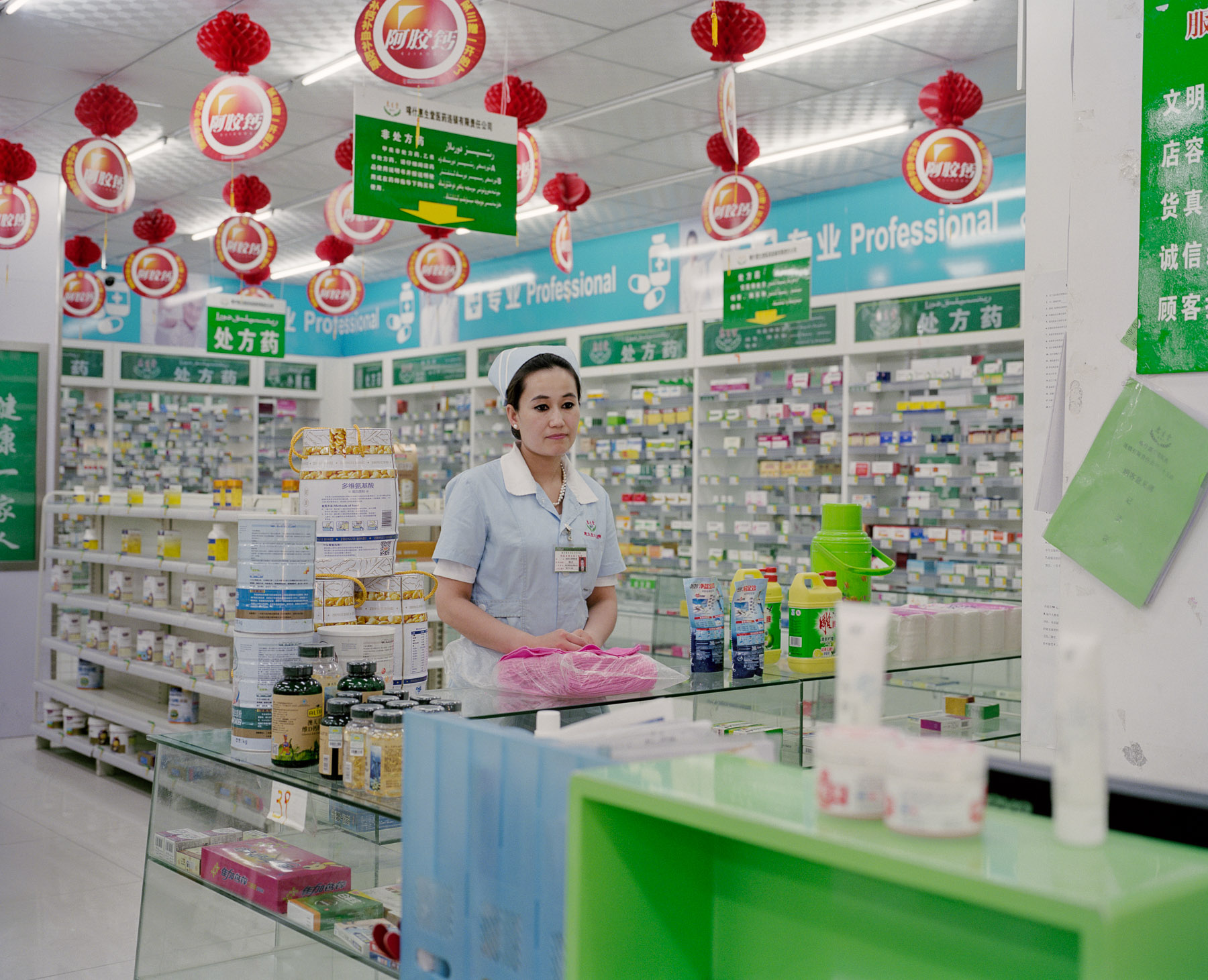
May 2016. Pharmacy clerk posing in a pharmacy in what remains of the old town of Kashgar. Xinjiang province, China.
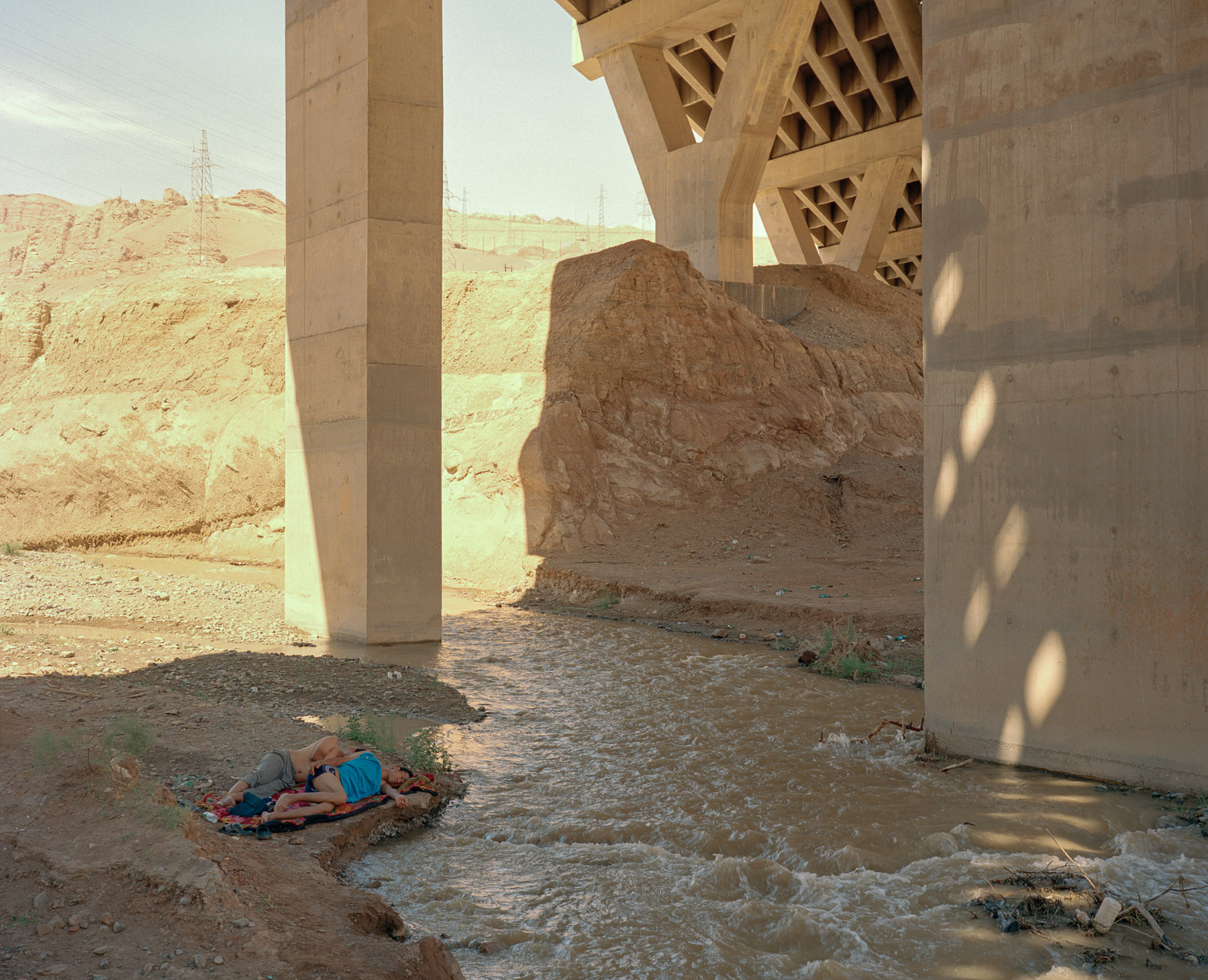
June 2016. Xinjiang province, China. On the road back from Turpan, a mostly Uighur oasis town, to Urumqi, Xinjiang's capital, we stop for a rest and see these two young Uighur men taking a nap under a bridge while the summer heat is reaching its peak around mid-day.
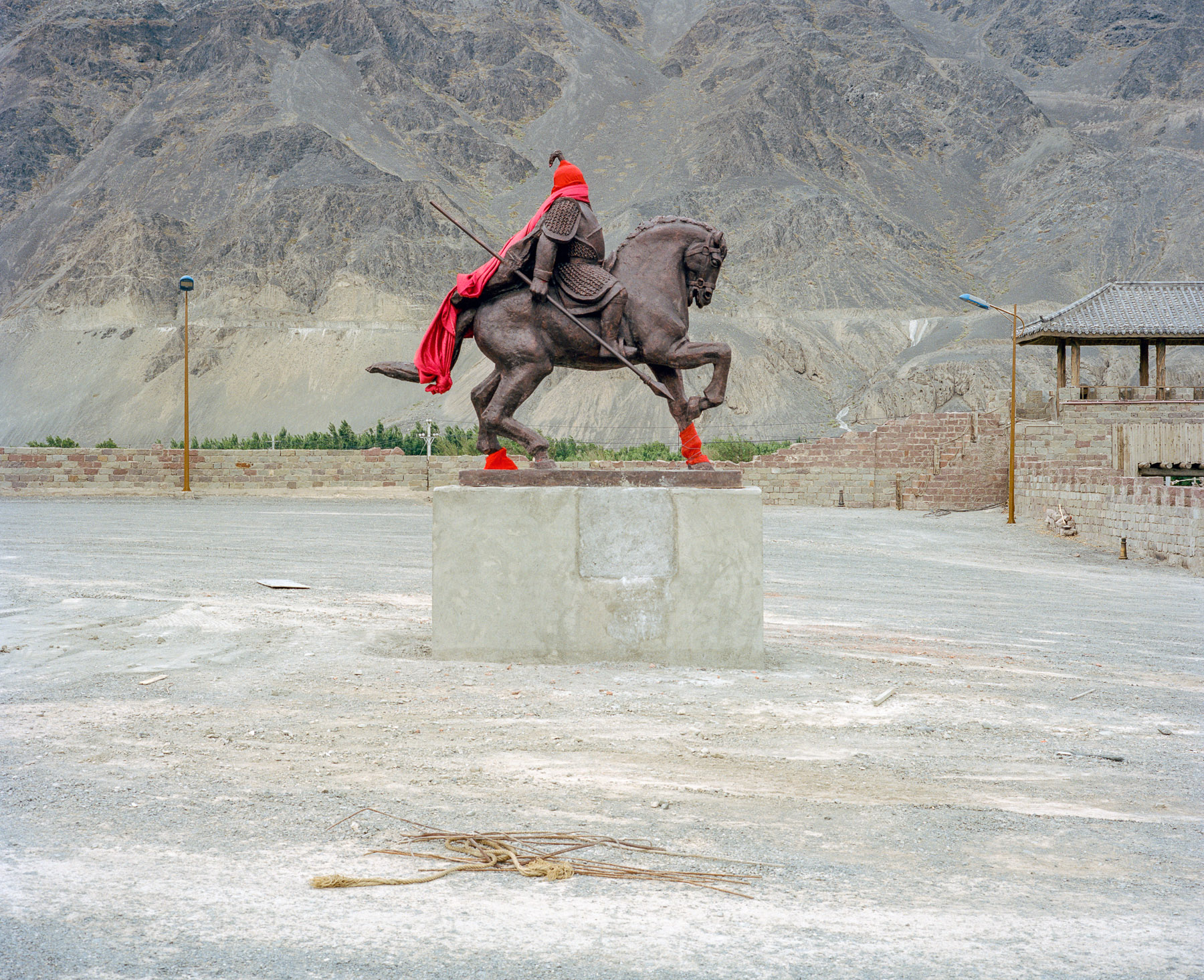
June 2016. Xinjiang province, China. On the road back from Turpan, a mostly Uighur oasis town, to Urumqi, Xinjiang's capital, we stop for a rest and see these two young Uighur men taking a nap under a bridge while the summer heat is reaching its peak around mid-day.
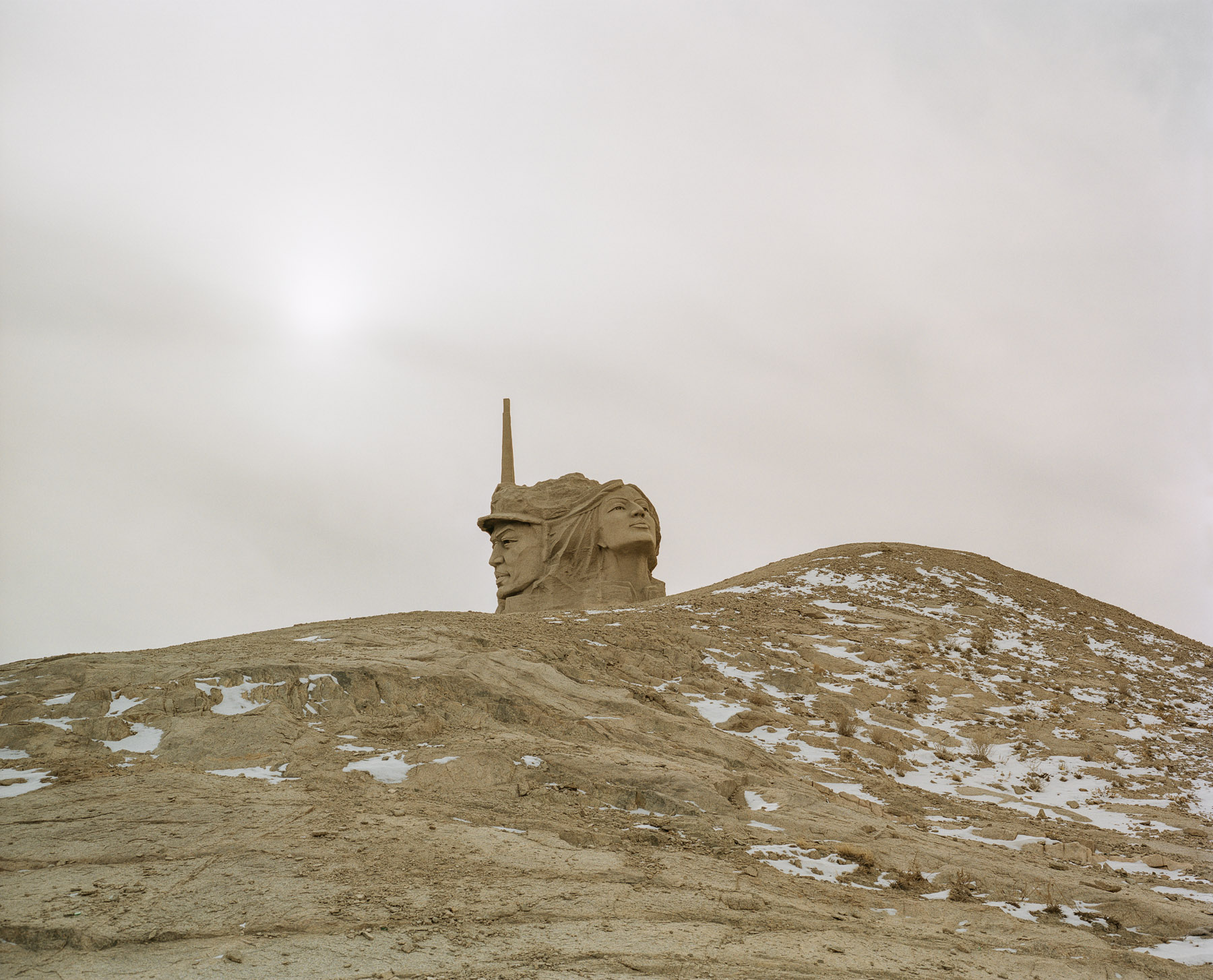
December 2016. Xinjiang province, China. Communist monument in Xinjiang on the road G312 to Hami (also called Kumul) driving from Gansu province.
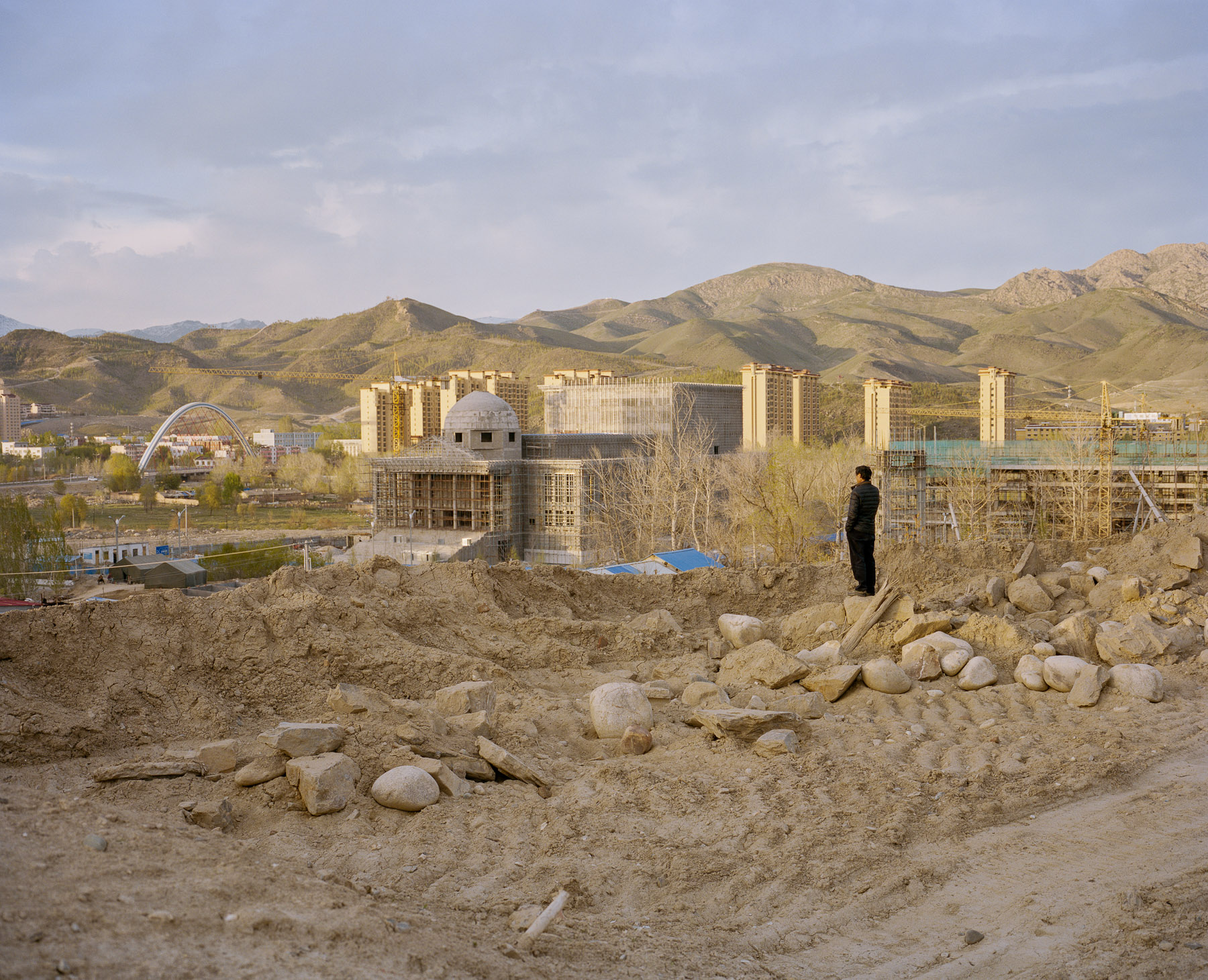
May 2017. Xinjiang province, China. Han Chinese migrant worker from the East of China making a call overlooking new constructions in Altay, a county-level city in Ili Kazakh Autonomous Prefecture, in far northern Xinjiang, China. It is the administrative centre of Altay Prefecture, and has 142,000 inhabitants.
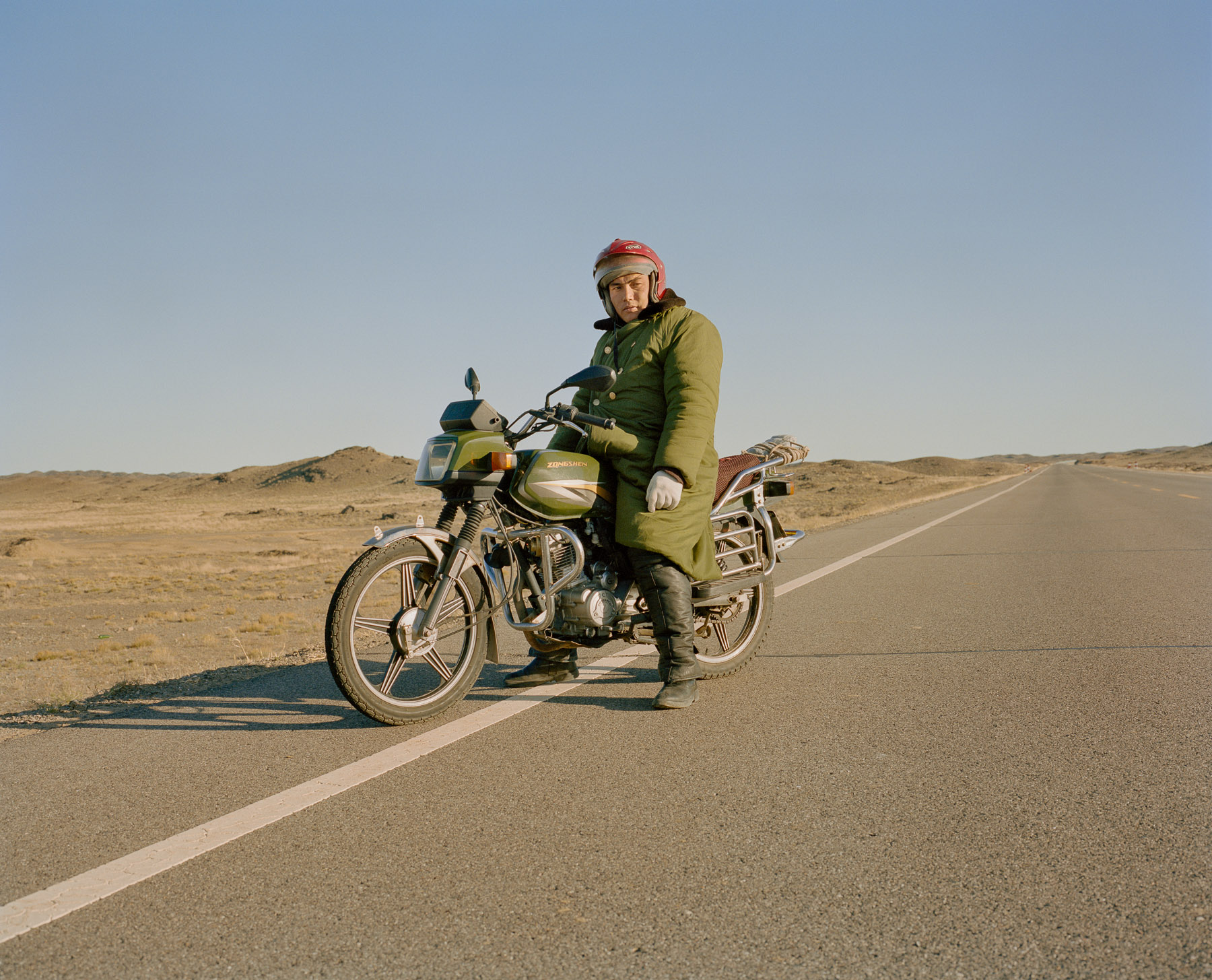
May 2016. Xinjiang province, China. Kazakh minority Chinese rider on a road in Northern Xinjiang province at the border with Khazakhstan.
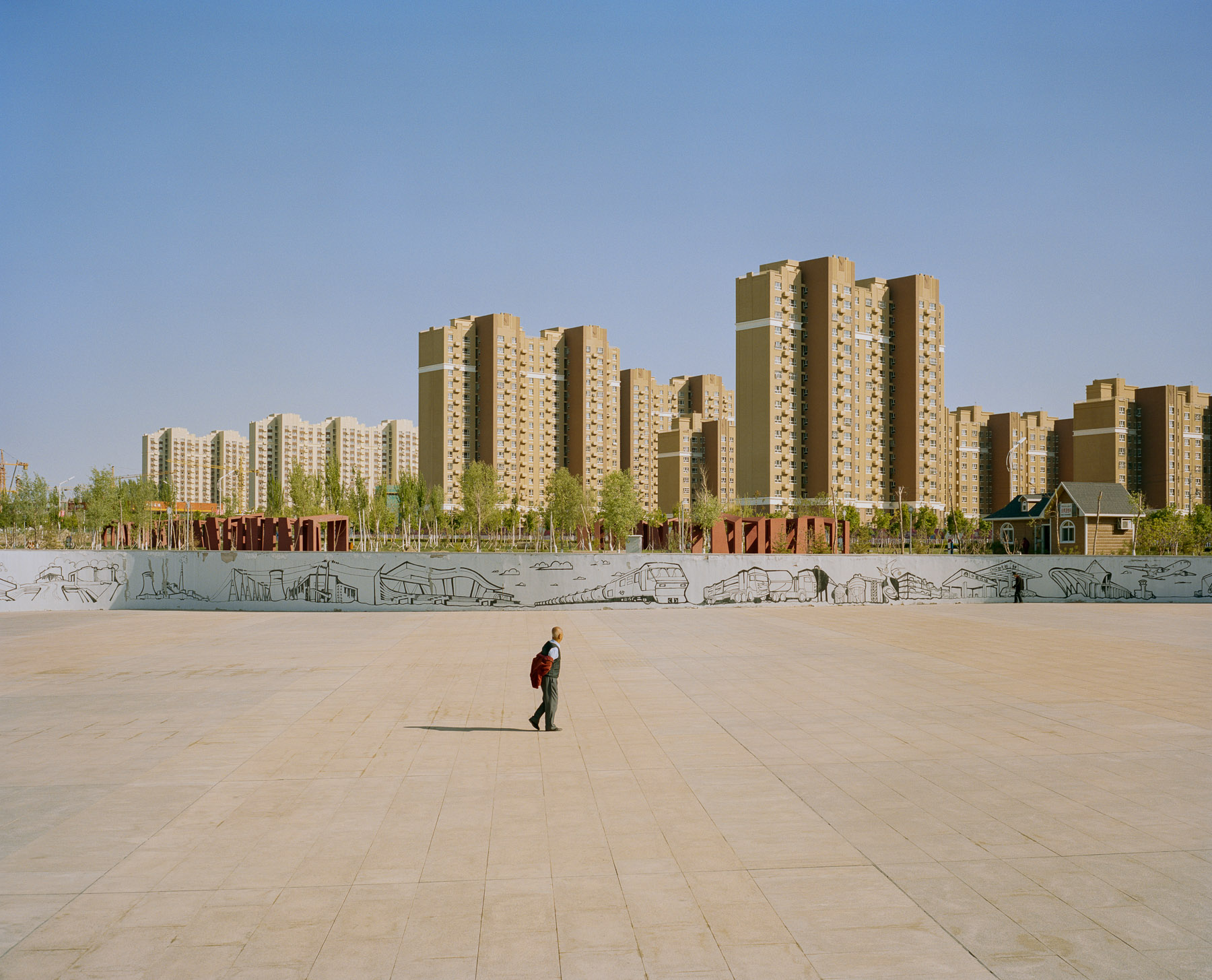
May 2017. Xinjiang province, China. Downtown area in the city of Karamai in northern Xinjiang province. This modern city has developped over the last three decades thanks to oil fields but has very low density of inhabitants.
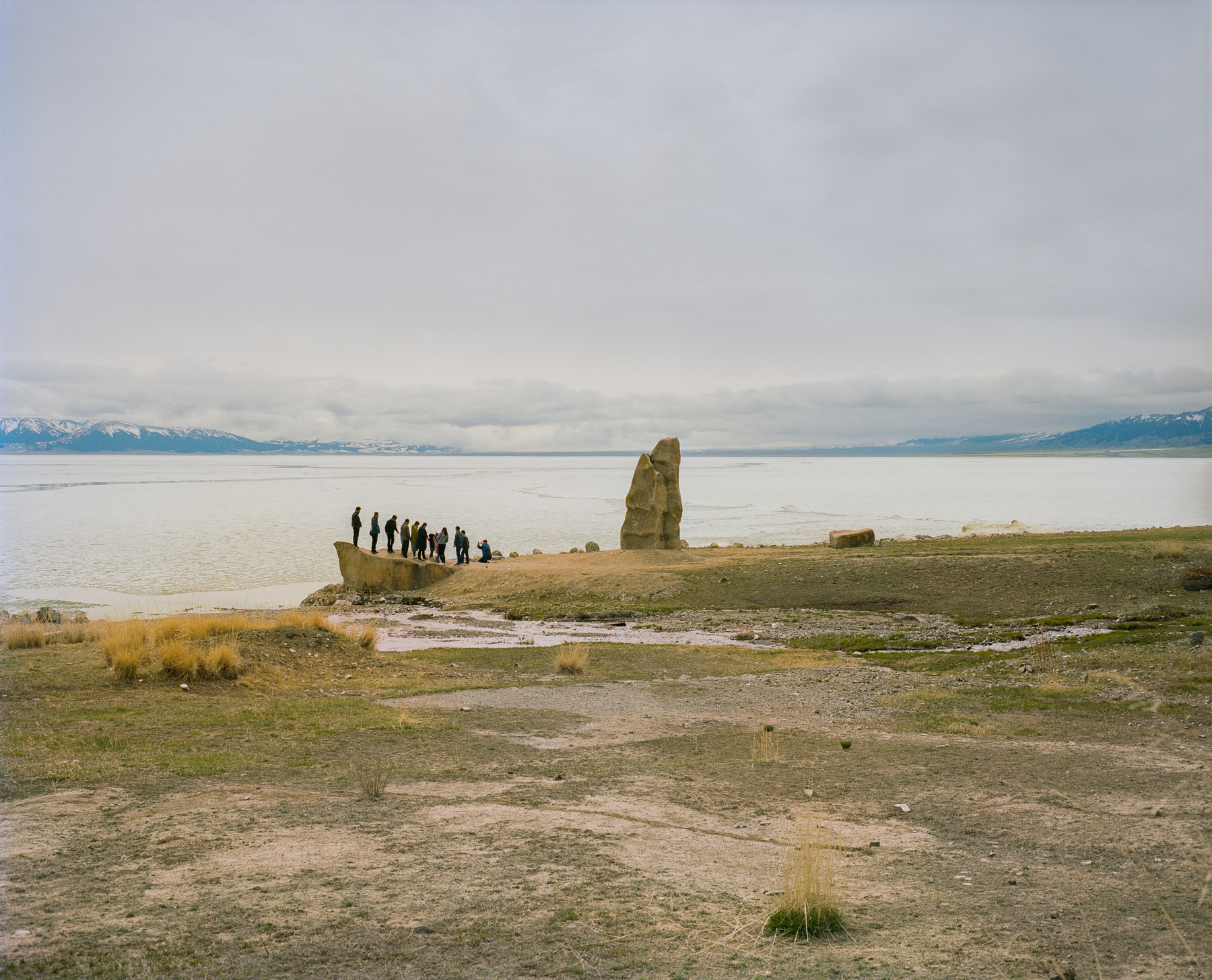
May 2017. Xinjiang province, China. View of Sayram lake in northern Xinjiang. Han Chinese tourists posing for a group photo.
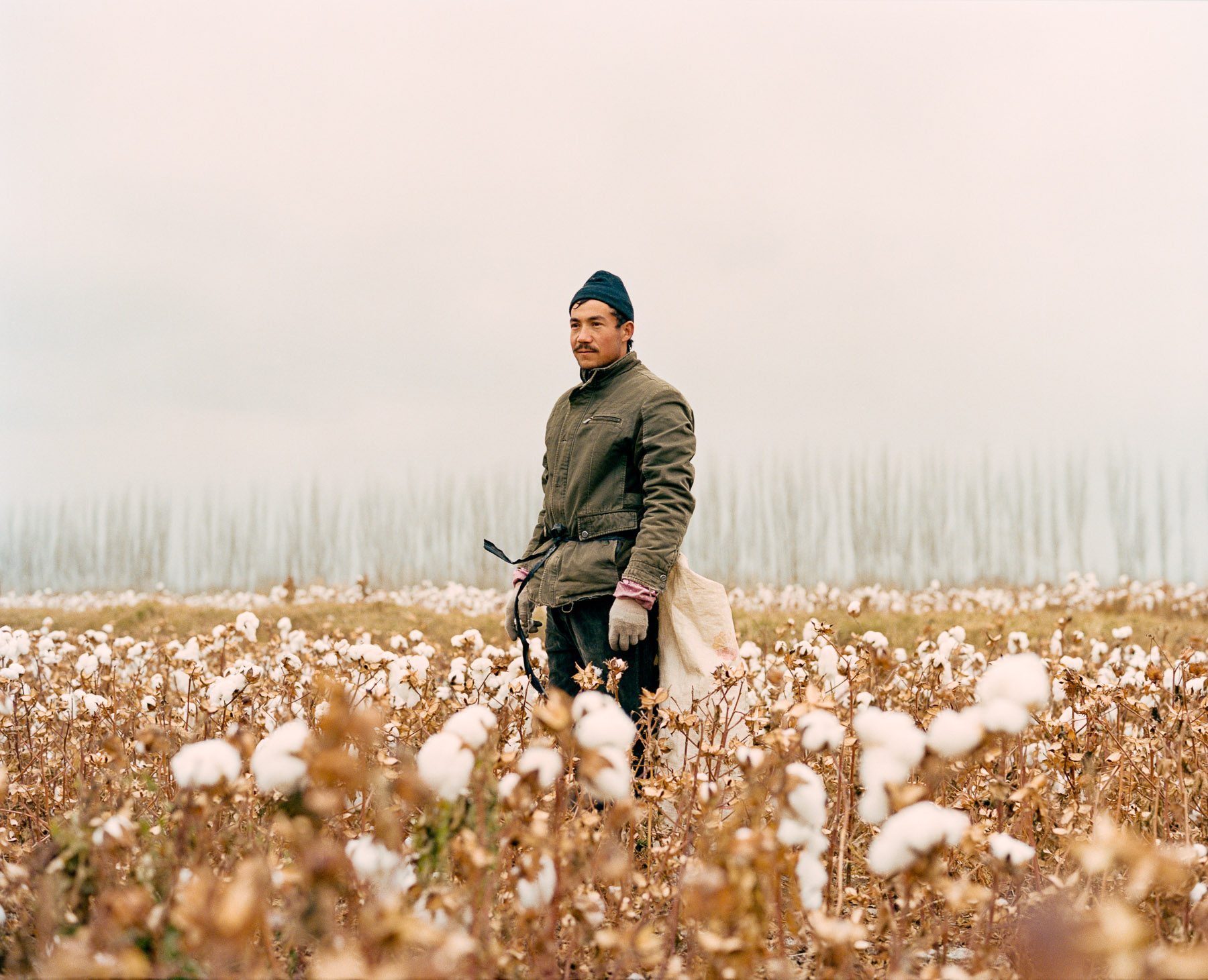
November 2016. Xinjiang province, China. Young Uighur-minority seasonal worker in the last days of the cotton harvest in Luntai county in Xinjiang in between Korla and Kuqa, north of the Taklamakan desert. Luntai is a county in the Xinjiang Uyghur Autonomous Region and is under the administration of the Bayin'gholin Mongol Autonomous Prefecture.Cotton is one of the largest agricultural industries in the province and many local Uighurs are used as cheap seasonal labour during the harvest.
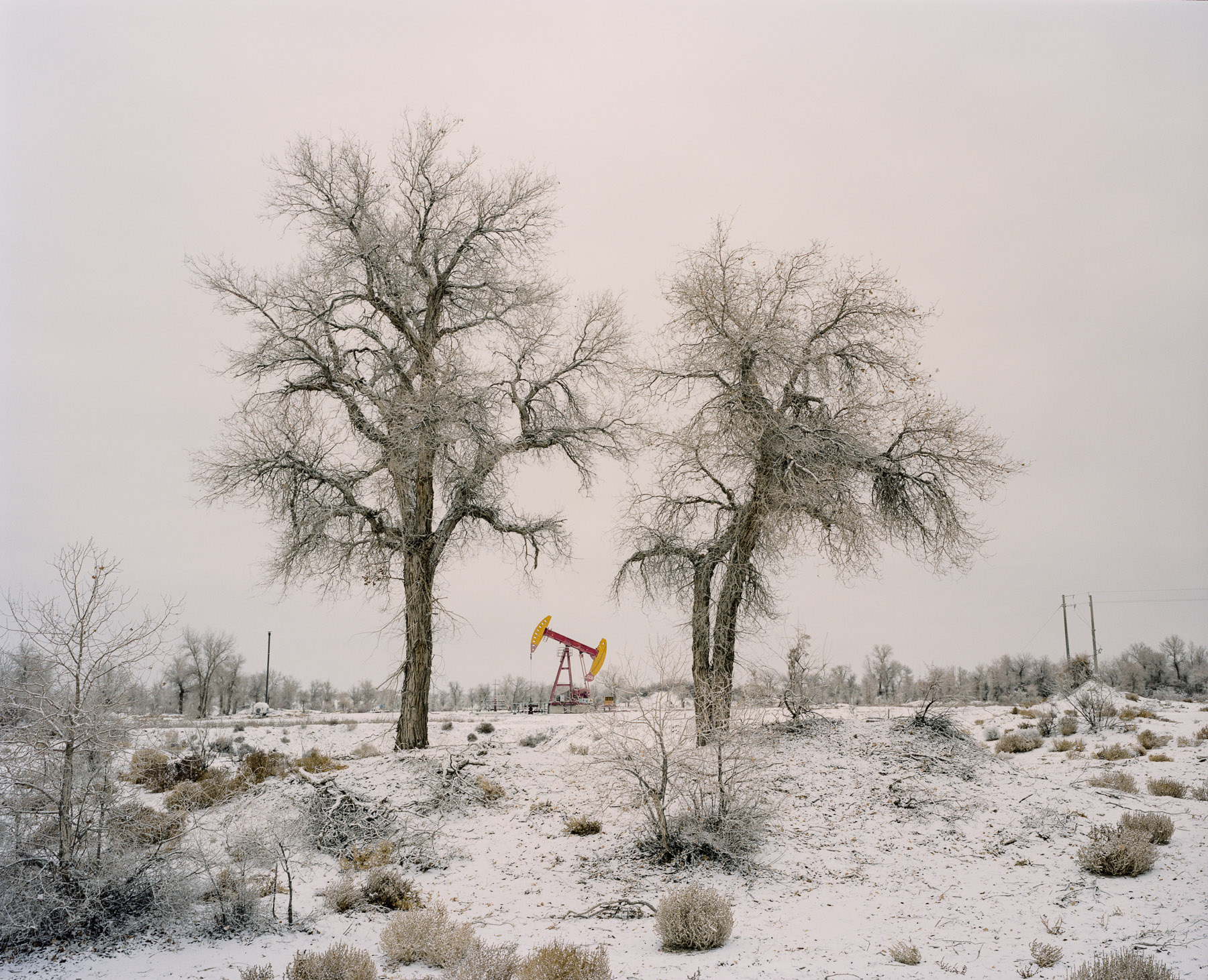
November 2016. Xinjiang province, China. Oil derrick at the Norther border of the Taklamakan desert in Luntai county in Xinjiang in between Korla and Kuqa, north of the Taklamakan desert. Luntai is a county in the Xinjiang Uyghur Autonomous Region and is under the administration of the Bayin'gholin Mongol Autonomous Prefecture.

November 2016. Xinjiang province, China. Uighur-minority seasonal workers in the last days of the cotton harvest in Luntai county in Xinjiang in between Korla and Kuqa, north of the Taklamakan desert. Luntai is a county in the Xinjiang Uyghur Autonomous Region and is under the administration of the Bayin'gholin Mongol Autonomous Prefecture. Cotton is one of the largest agricultural industries in the province and many local Uighurs are used as cheap seasonal labour during the harvest.
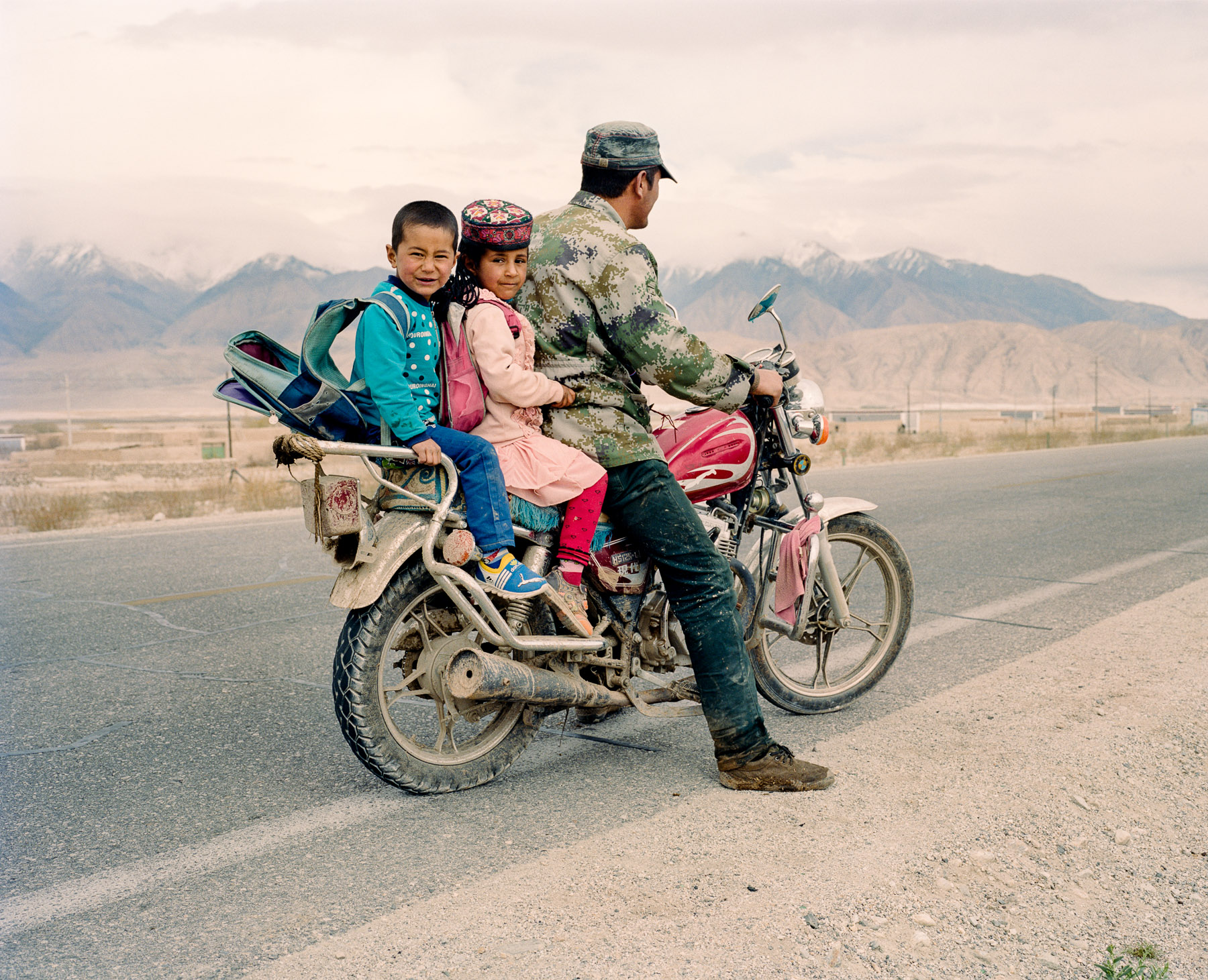
May 2016. Xinjiang province, China. Tajik father and children on the departure on the Karakoram highway that connects the Western Chinese province of Xinjiang with Pakistan and for quite a stretch runs along the Tajik border.
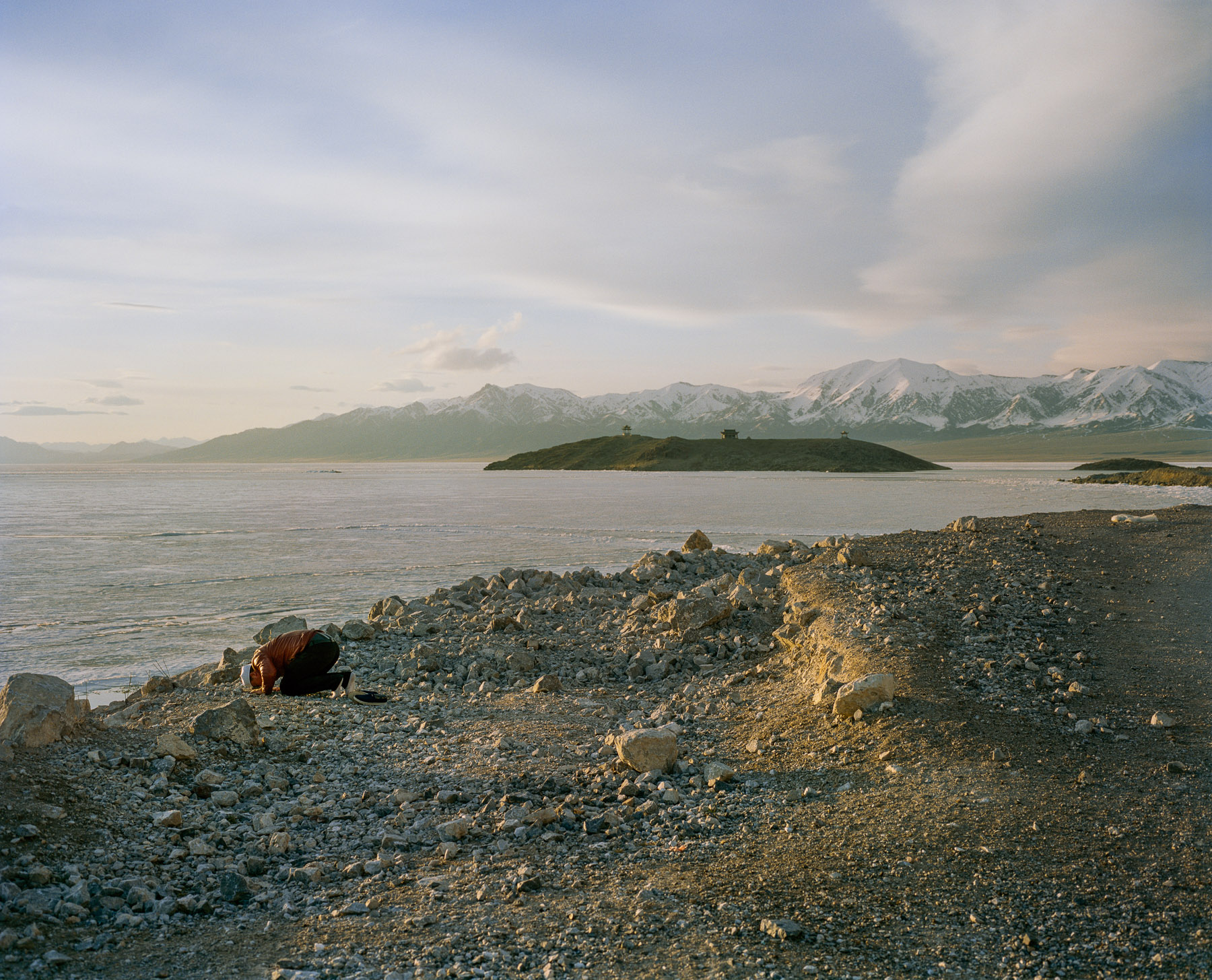
May 2017. Xinjiang province, China. Muslim man of the Hui minority praying at sunset on the shores of Saytam lake in the far-western Xinjiang province at the border with Kazakhstan.
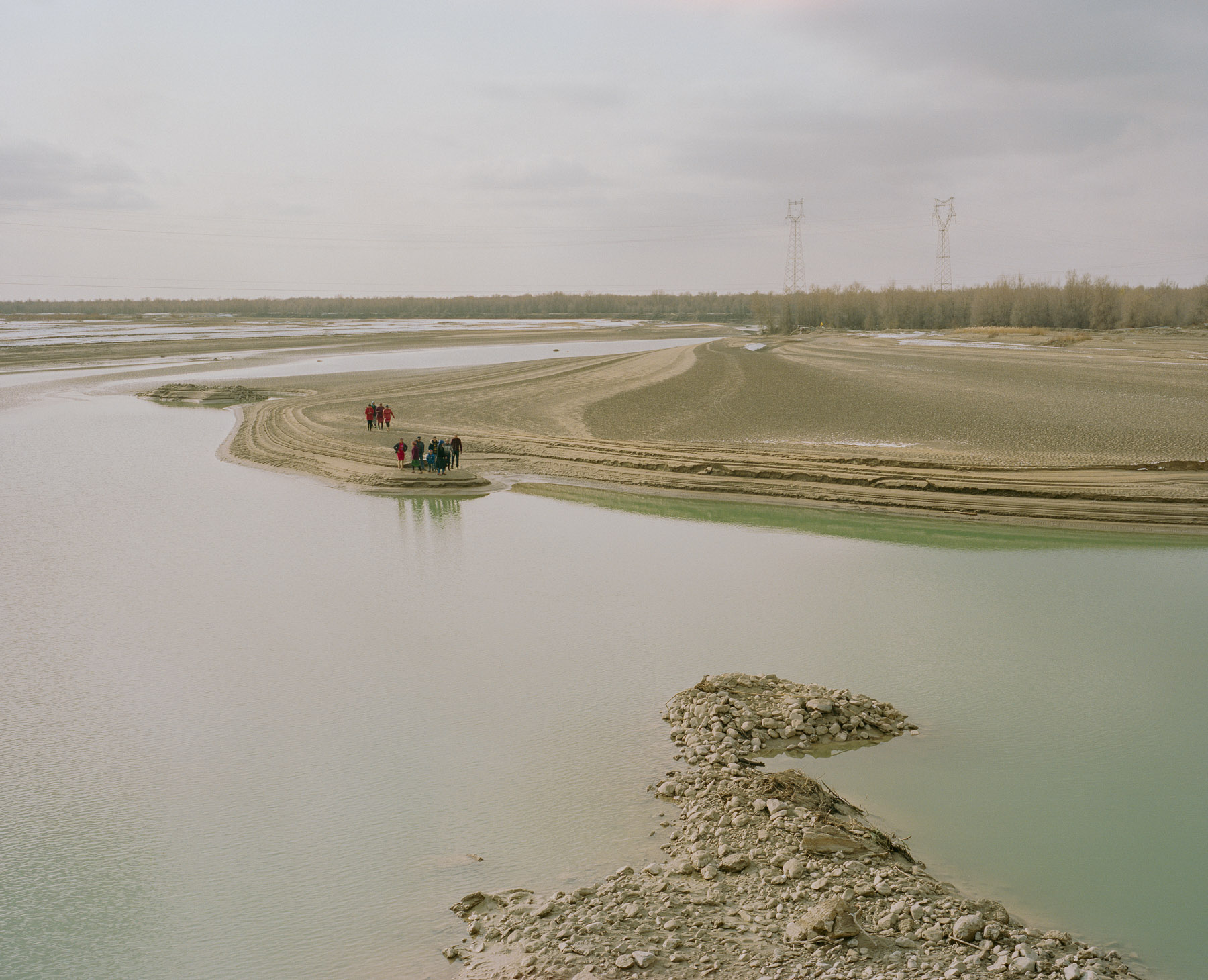
November 2016. Xinjiang province, China. Uighur family taking group photos on the shore of the Qiemo river (also called the Cherchen or Qarqan River) which runs across the Tarim Basin in the Xinjiang Uyghur Autonomous Region. It feeds into the Lop Nor salty marshes(or Cherchen). Photo taken near Qiemozhen in Qiemo County, Bayingolin Mongol Autonomous Prefecture in the Chinese province of Xinjiang.
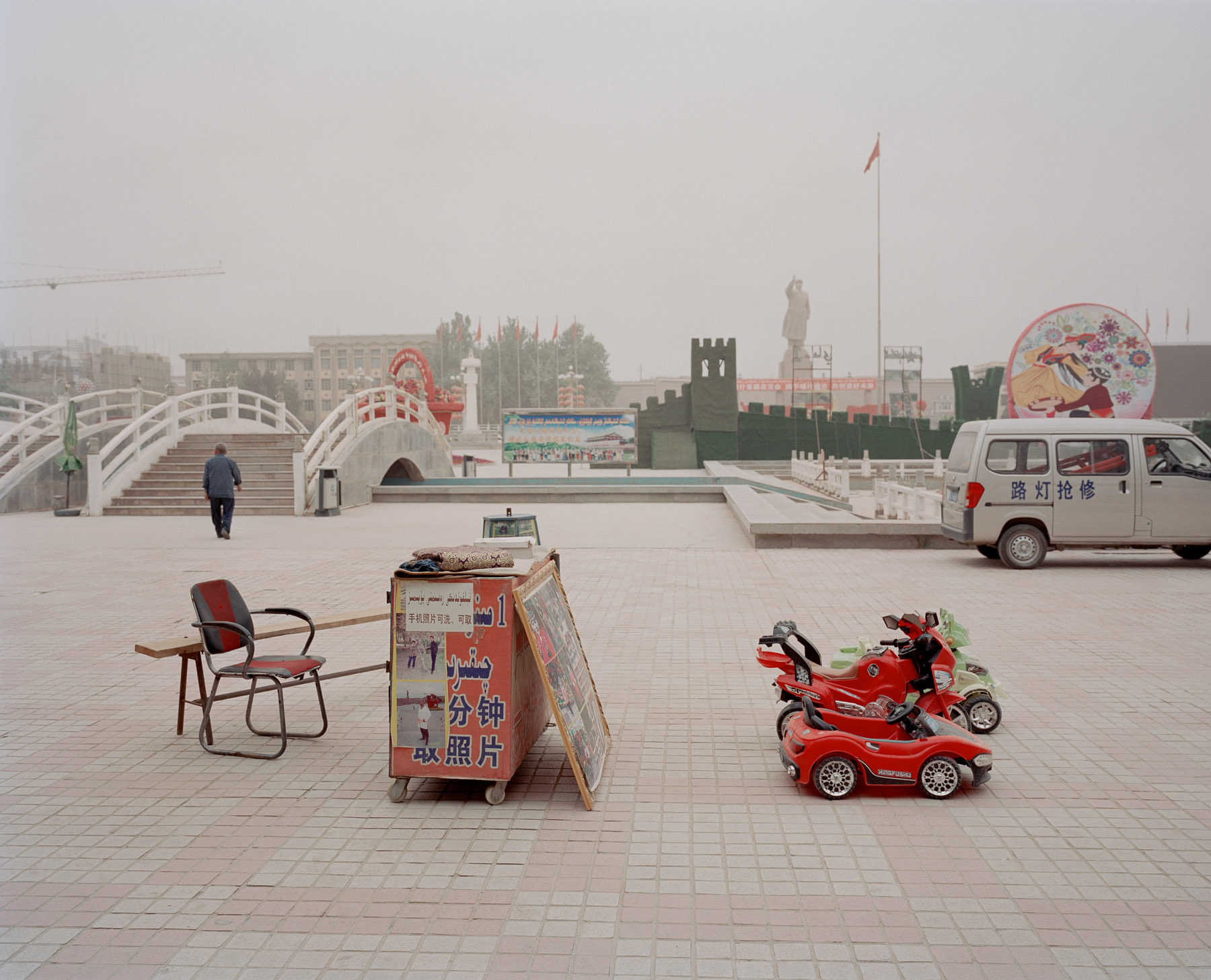
May 2016. Xinjiang province, China. Around the main square in Kashgar.
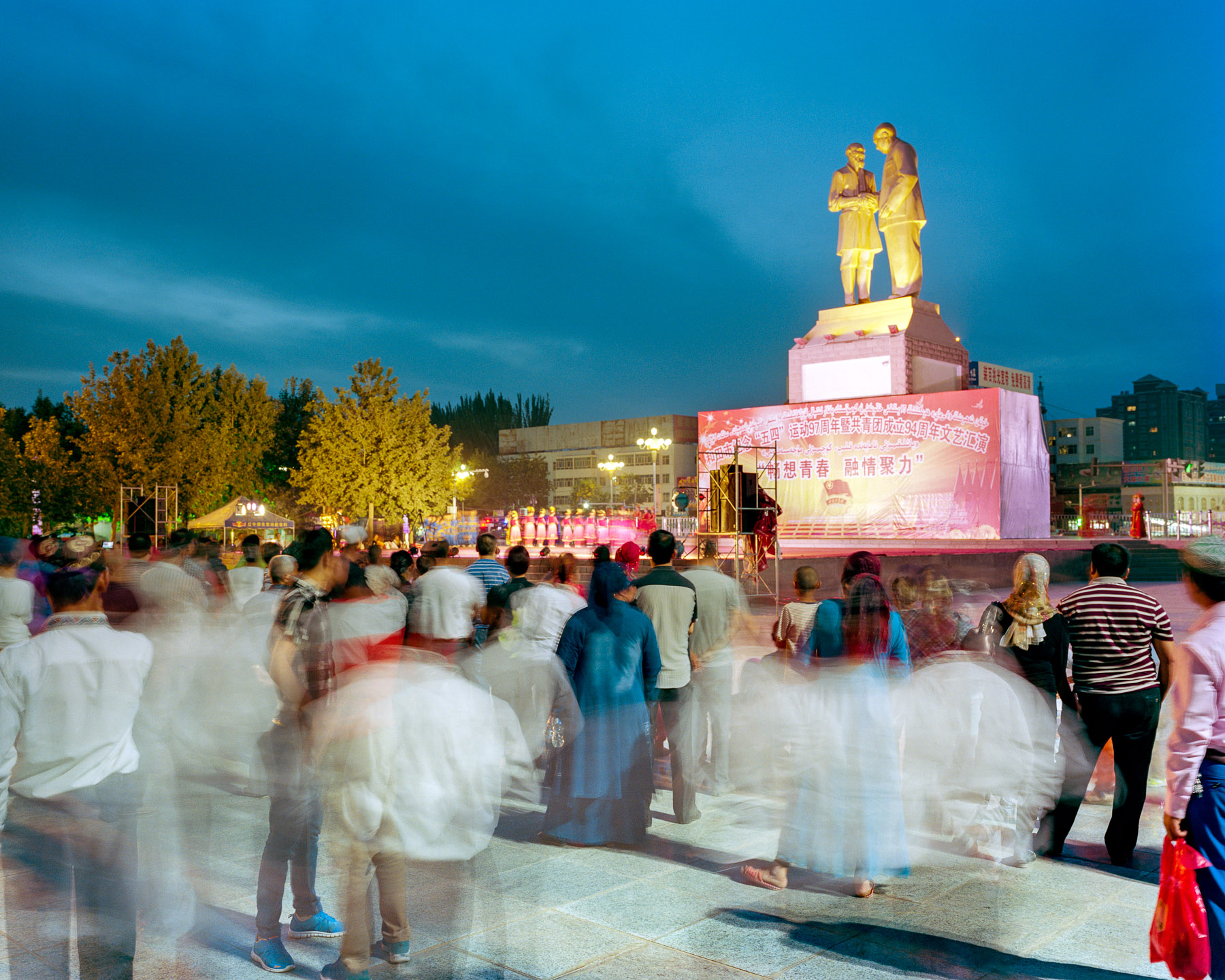
May 2016. Hotan, Xinjiang province, China. Tuanjie square which is Hotan's main square during a night event. In the center of the square stands the statue of Kurban Tulum's shaking hands with Mao Zedong.
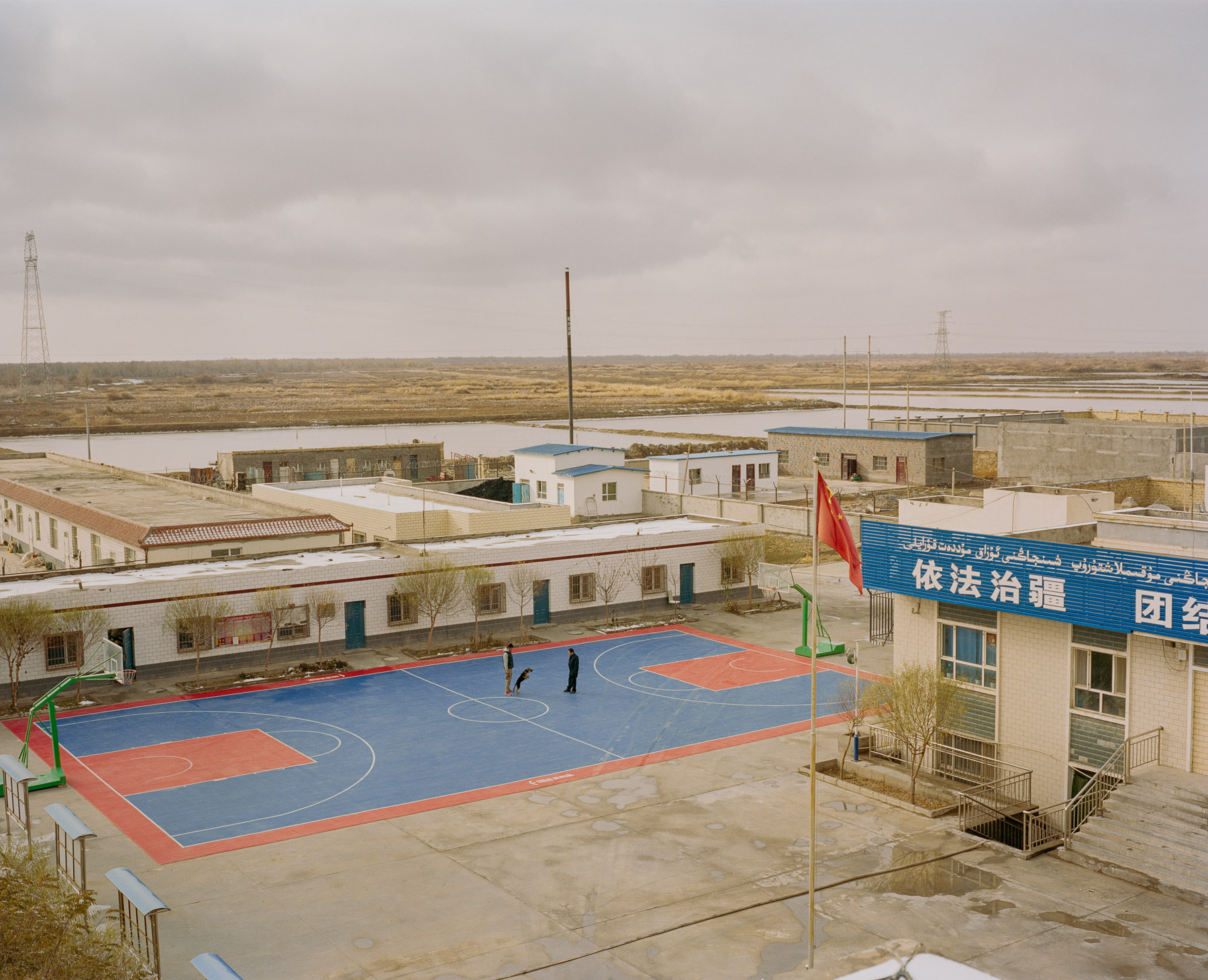
December 2016. Xinjiang province, China. View of a police station and police officers training a police dog in Qiemo county in the south of Xinjiang province, just south of tyhe Taklamakan desert, on the southern silk road route.
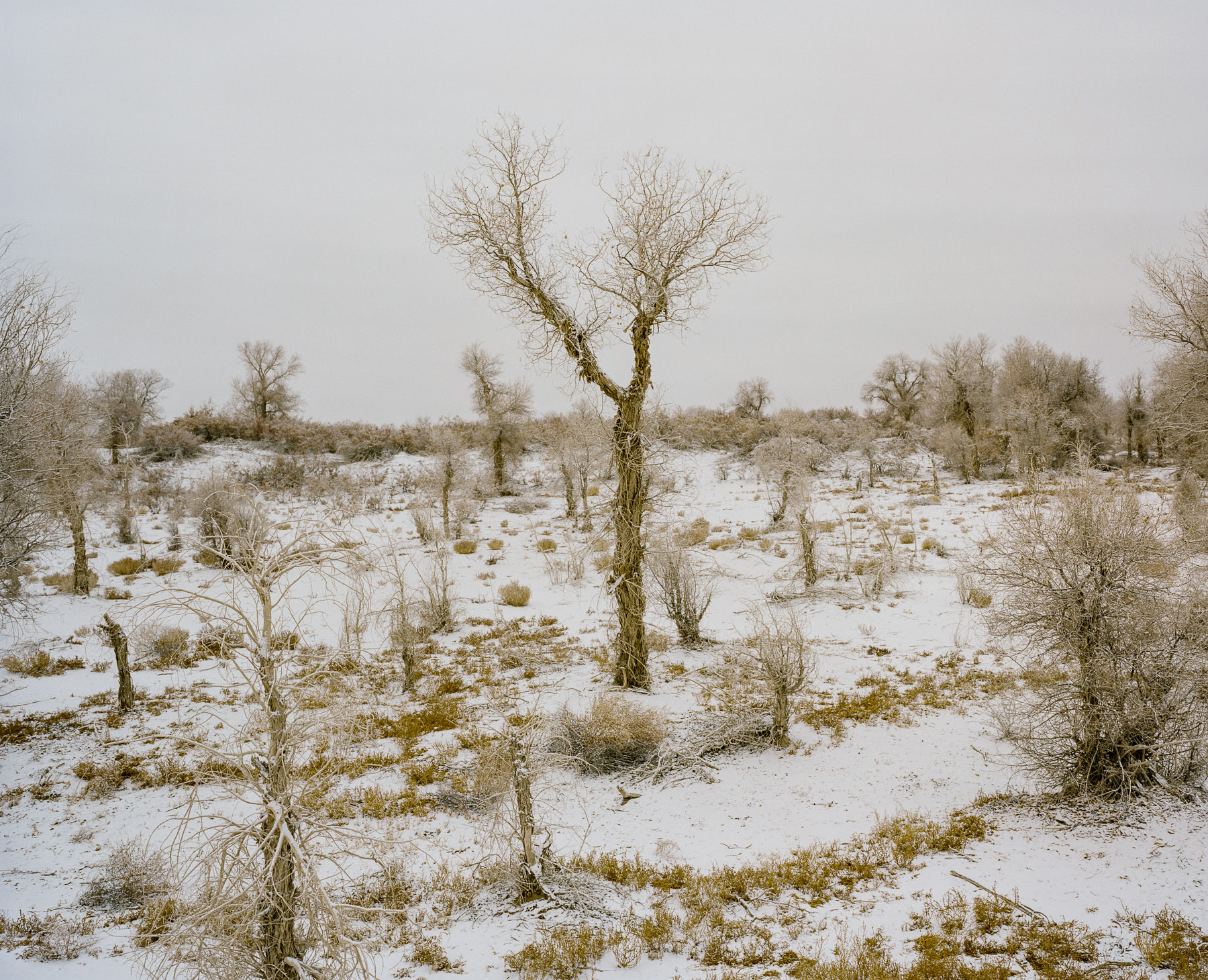
November 2016. Xinjiang province, China. Winter landscapes in Luntai county at the entrance of the Northern part of the Taklamakan desert, in between Korla and Kuqa. Luntai is a county in the Xinjiang Uyghur Autonomous Region and is under the administration of the Bayin'gholin Mongol Autonomous Prefecture.
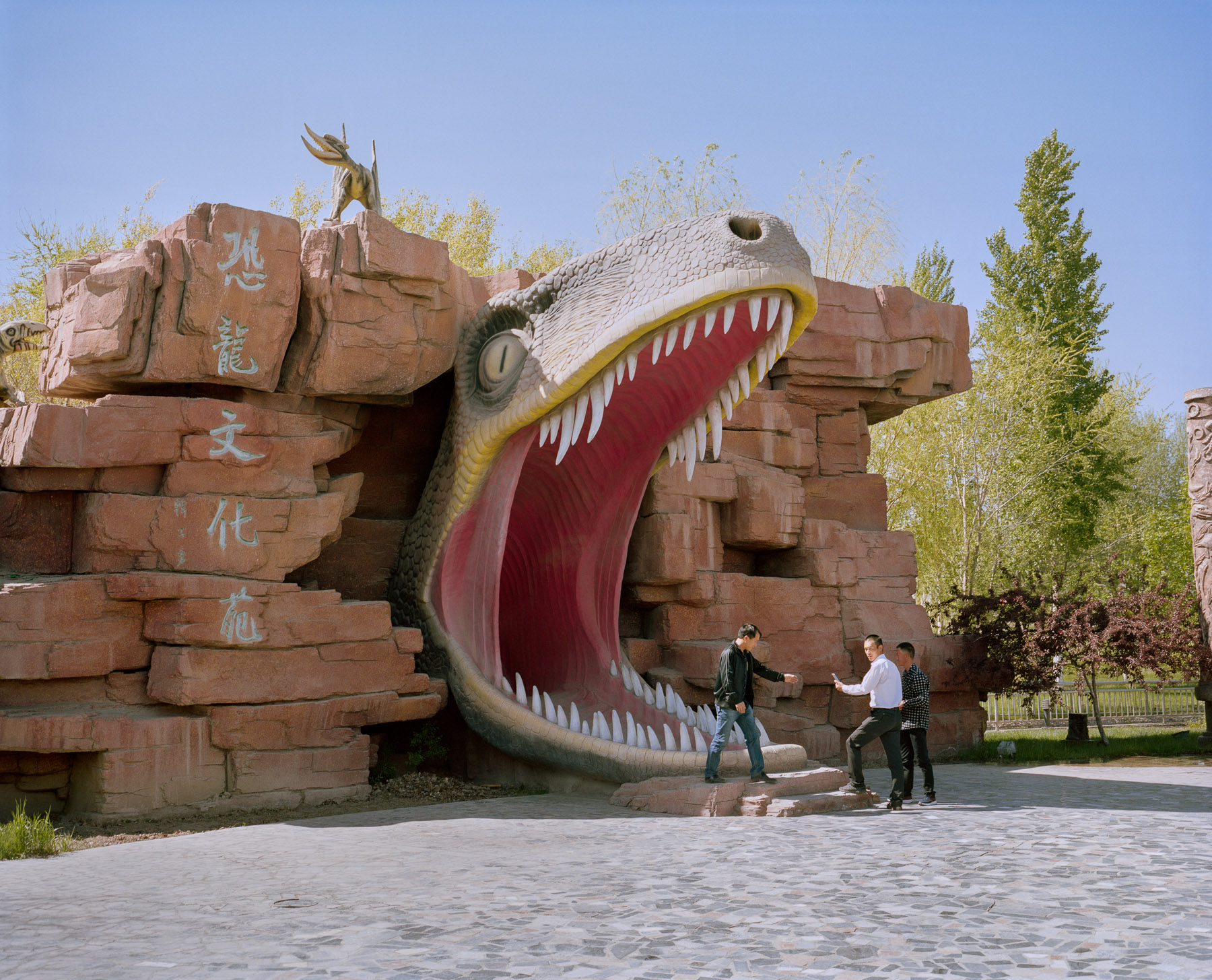
May 2017. Xinjiang province, China. Three Han-Chinese men in the dinosaur-themed amusement park near Wuerhe ghost town in Xinjiang. Fake dinosaur skeleton at the Dinosaur park near Wuerhe Ghost city driving off from Karamai i the North-western part of Xinjiang.
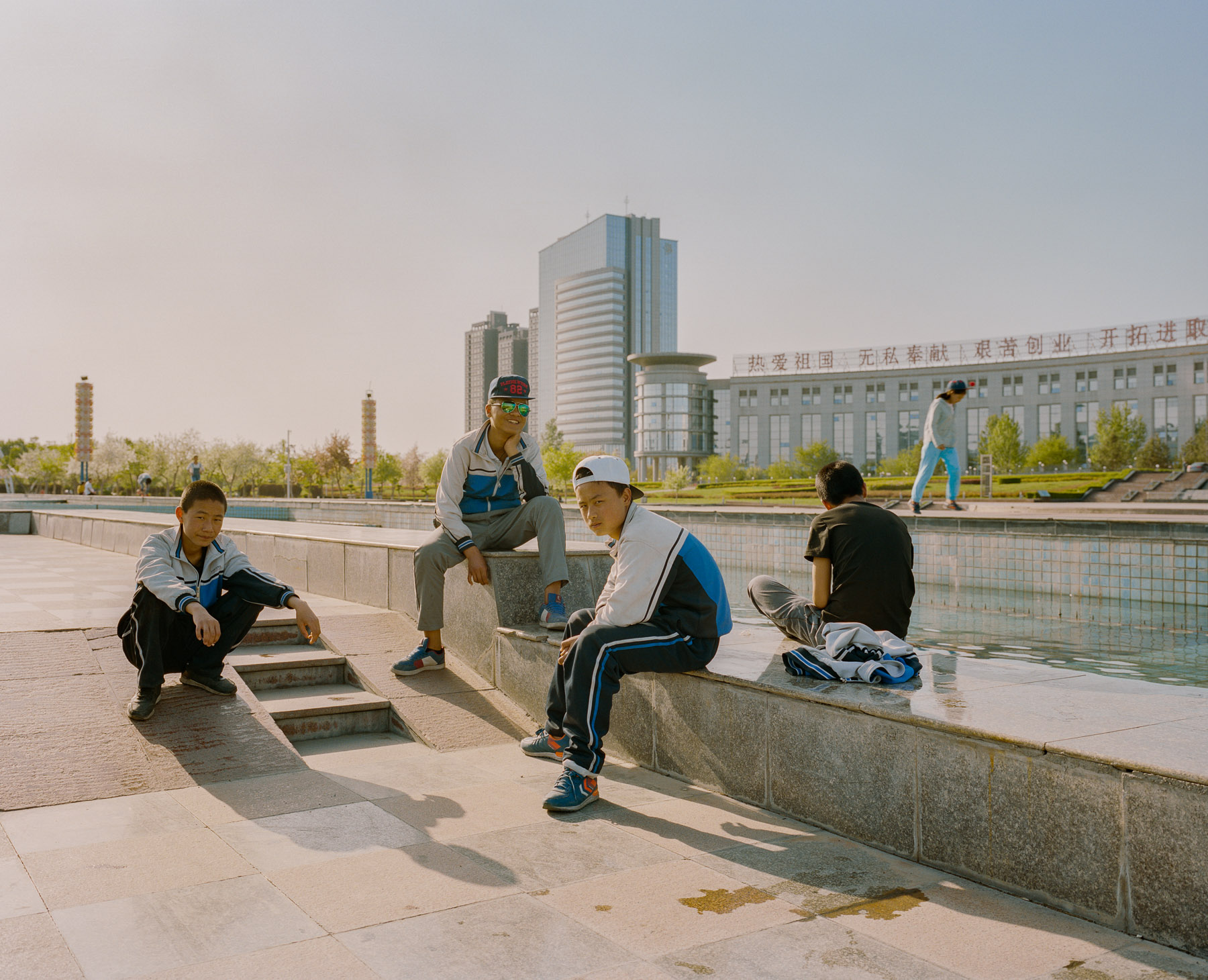
May 2017. Xinjiang province, China. local youth in a parc after school in the city of Shihezi in the Northern part of the Xinjiang province.
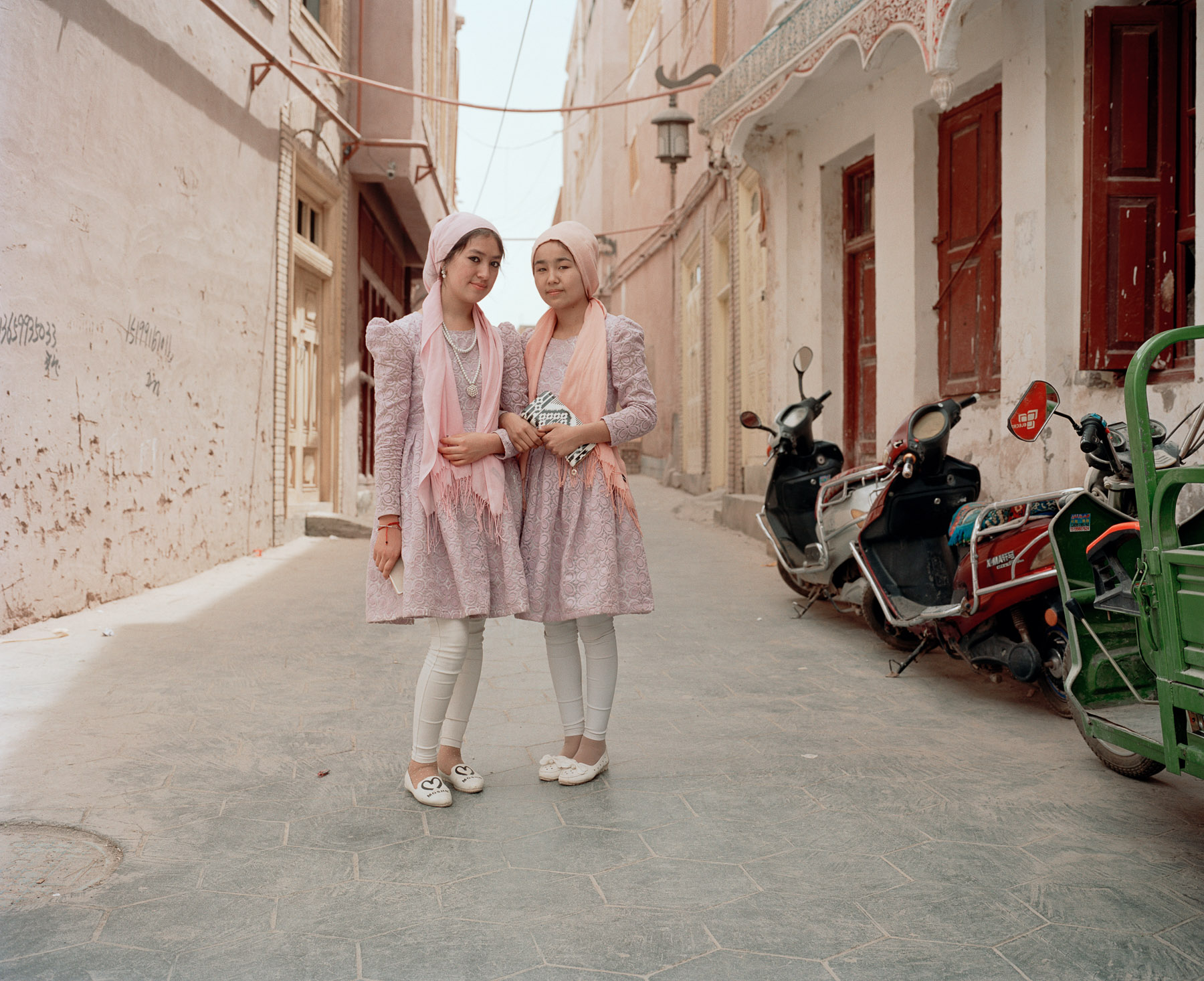
May 2016. Xinjiang province, China. Two Uighur girls inside the old city of Kashgar.
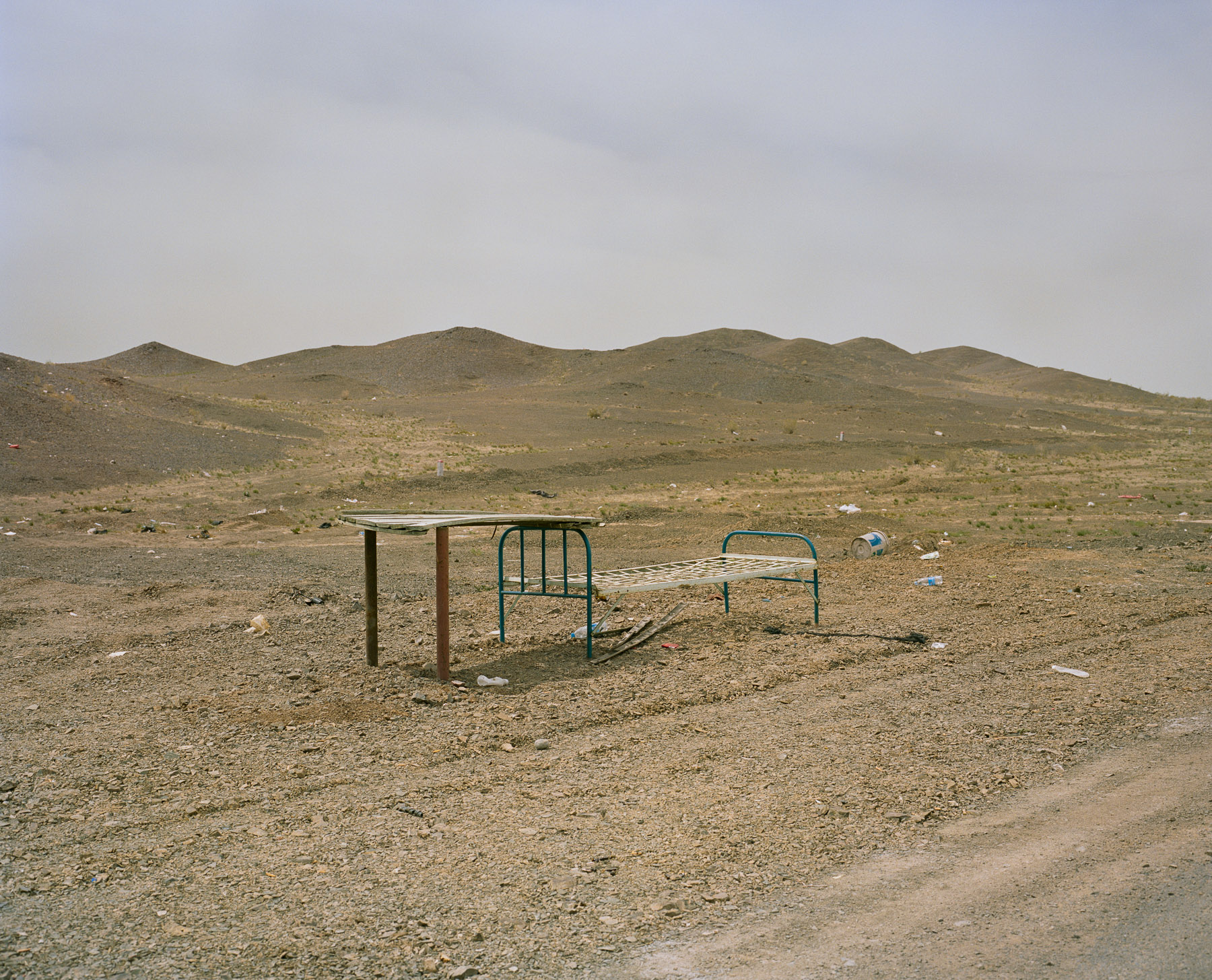
May 2017. Xinjiang province, China. Rocky landscapes in the Northern part of Xinjiang driving down from Beitun to the province's capital, Urumqi.

May 2016. Xinjiang province, China. Tashkurgan near the Wetlands in Tashkurgan Tajik Autonomous County in Xinjiang at the border with Tajikistan.
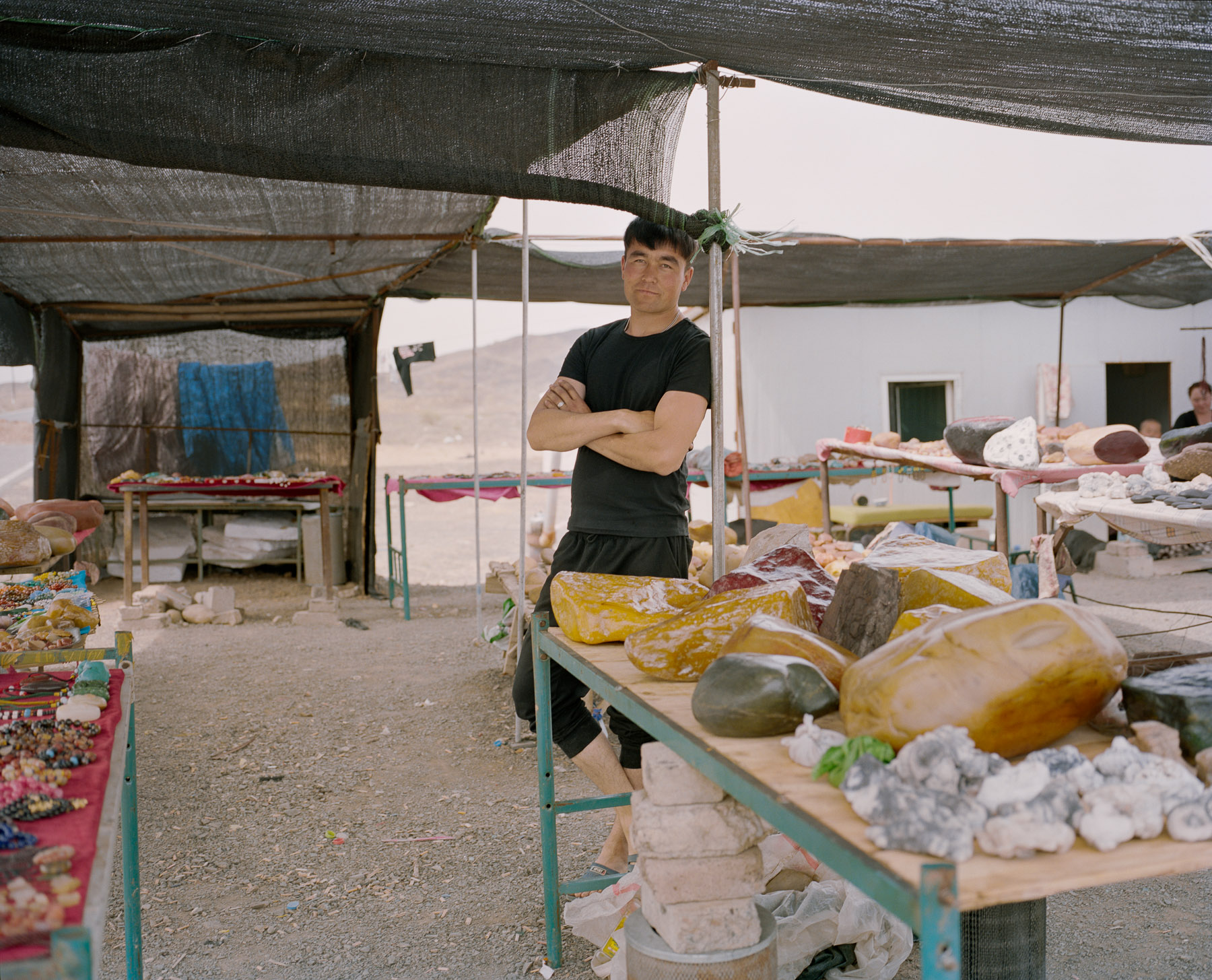
May 2016. Xinjiang province, China. Young Kazakh minority man selling stones on the side of the road in Northern Xinjiang.

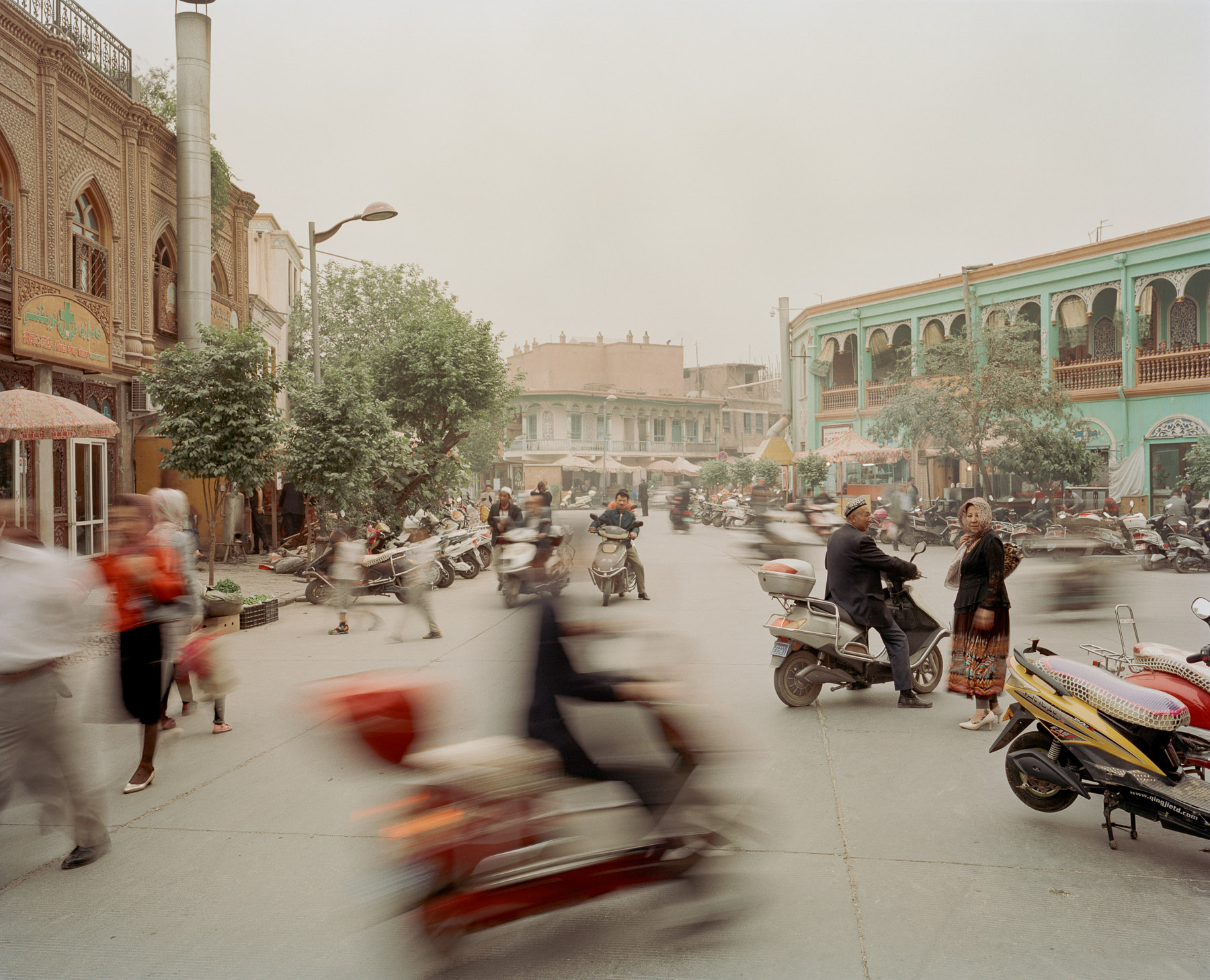
May 2016. Xinjiang province, China. View from the old city of Kashgar.
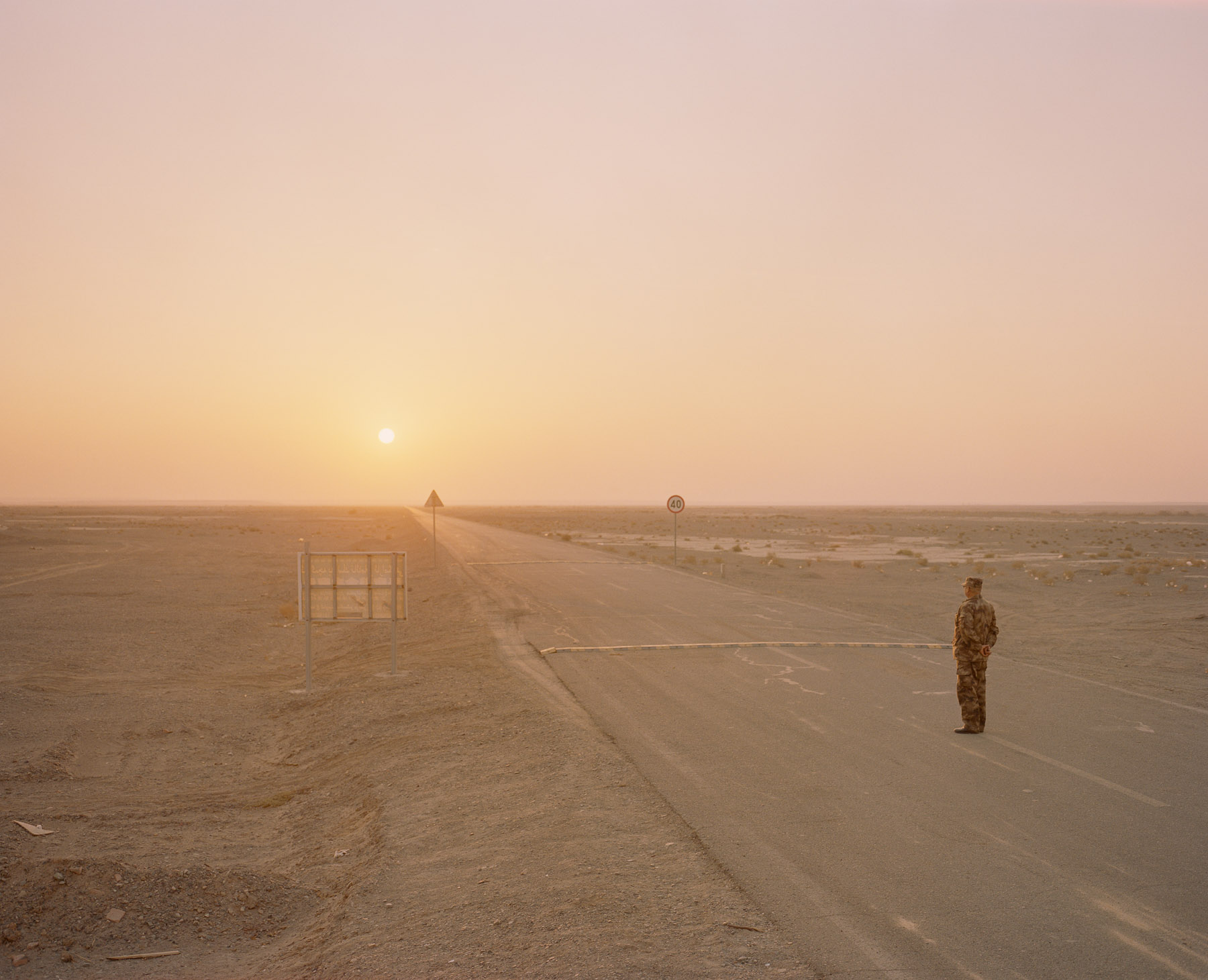
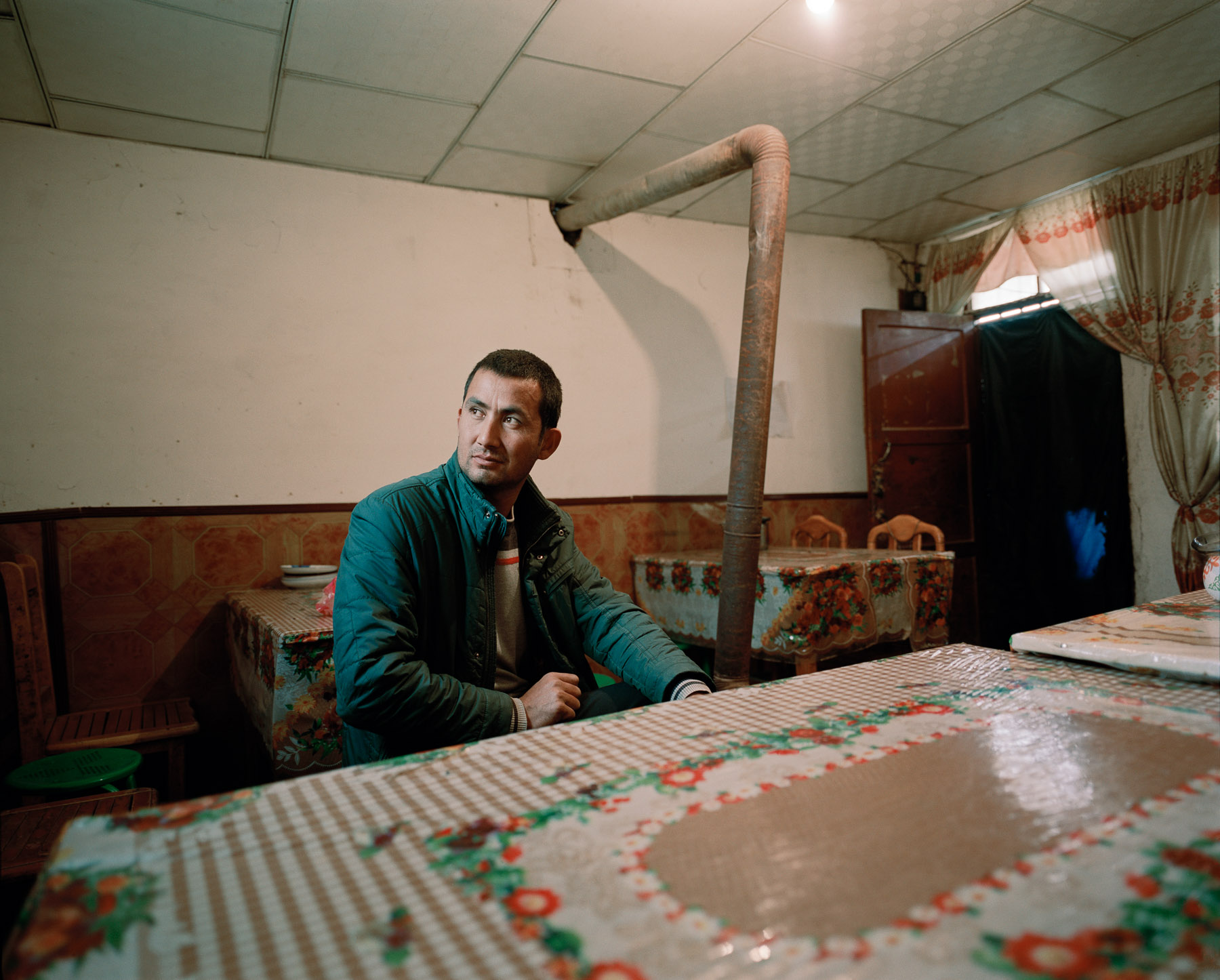
December 2016. Xinjiang province, China. Uighur man posing after his lunch in a roadside restaurant in Xinjiang.
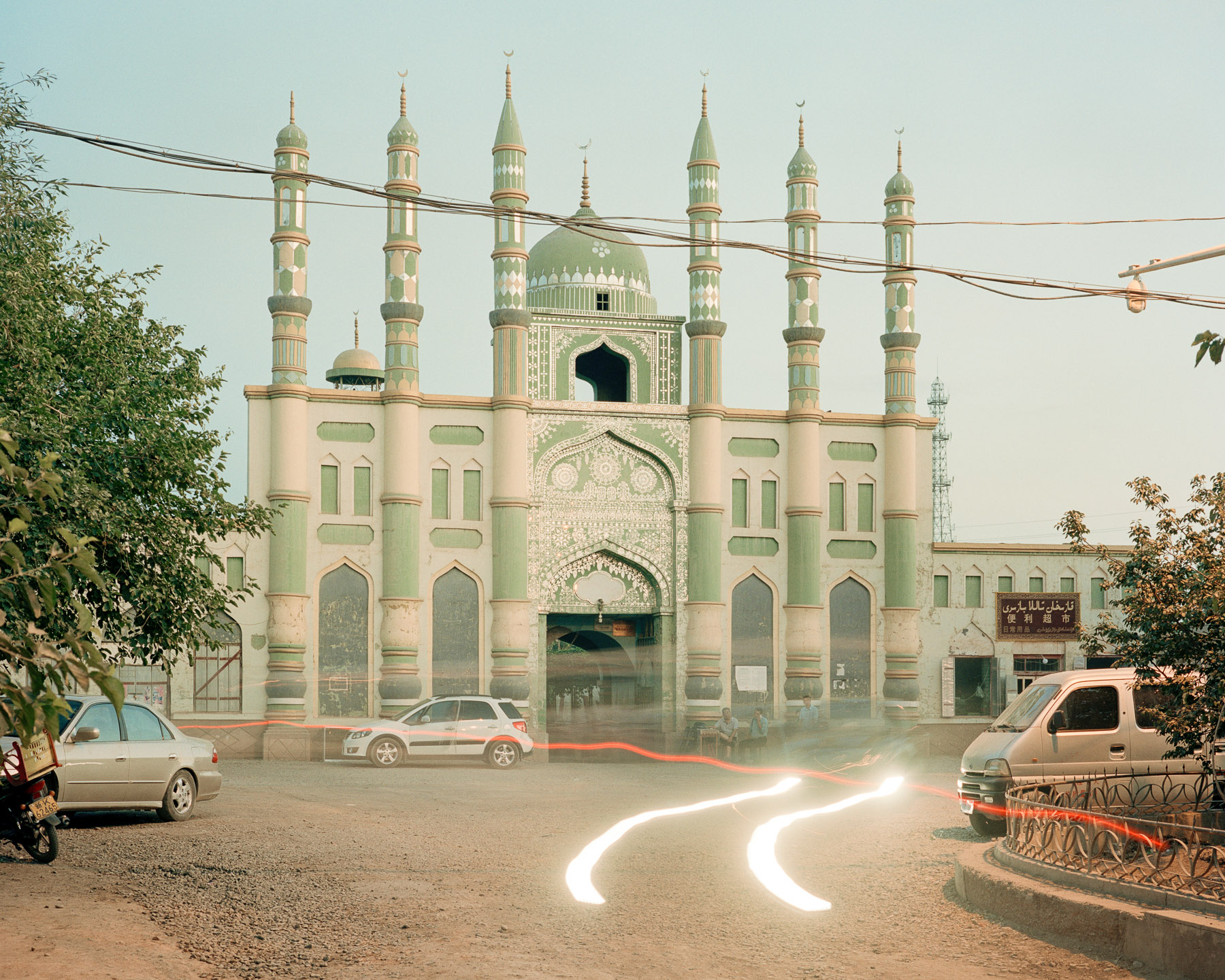
June 2016. Xinjiang province, China. Mosque at night in the city of Turpan.
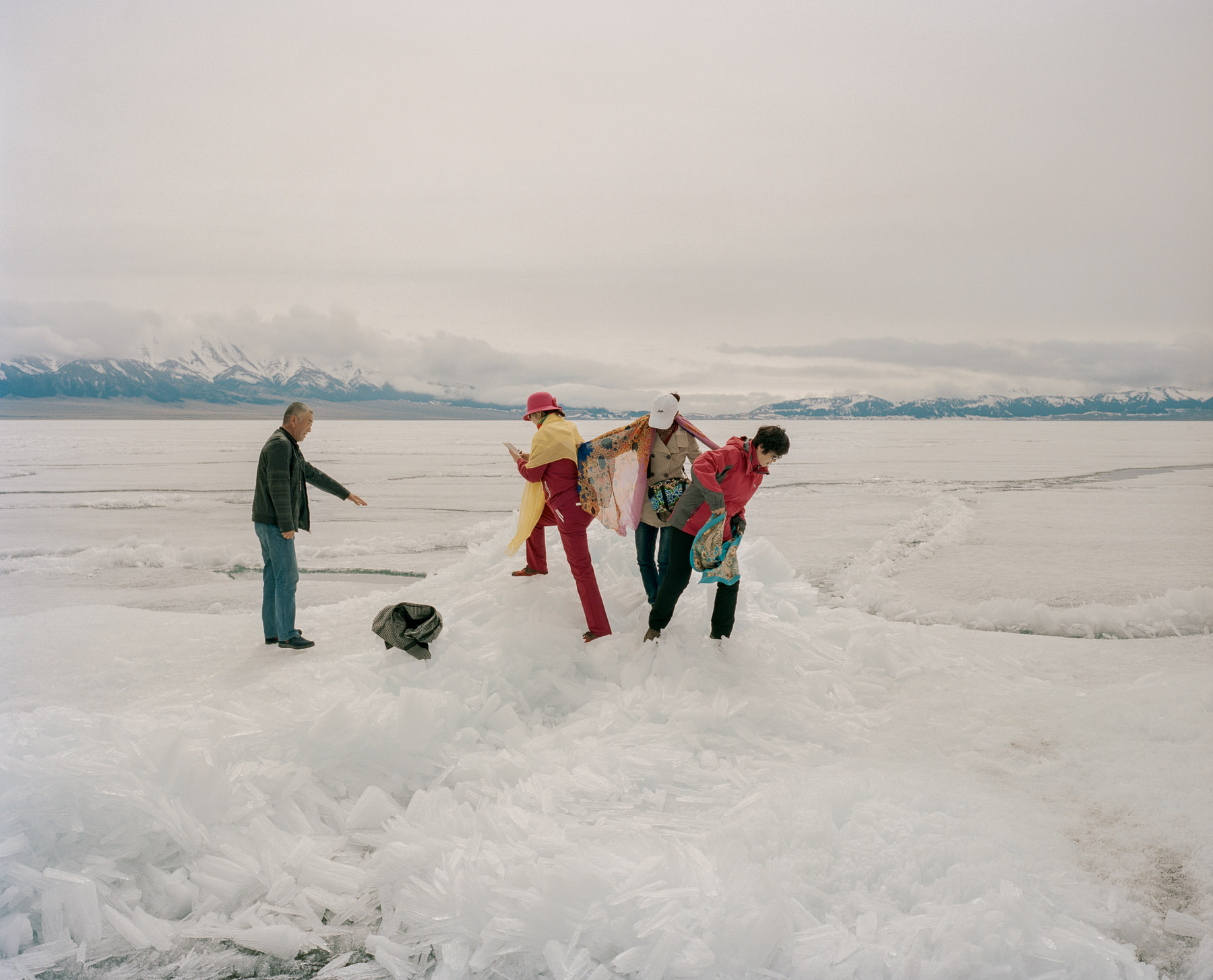
May 2017. Xinjiang province, China. Han Chinese tourists taking pictures on the frozen shores of Sayram lake in the North-western part of Xinjiang province near Kazakhstan. Part of the lake is still frozen at the beginning of spring.
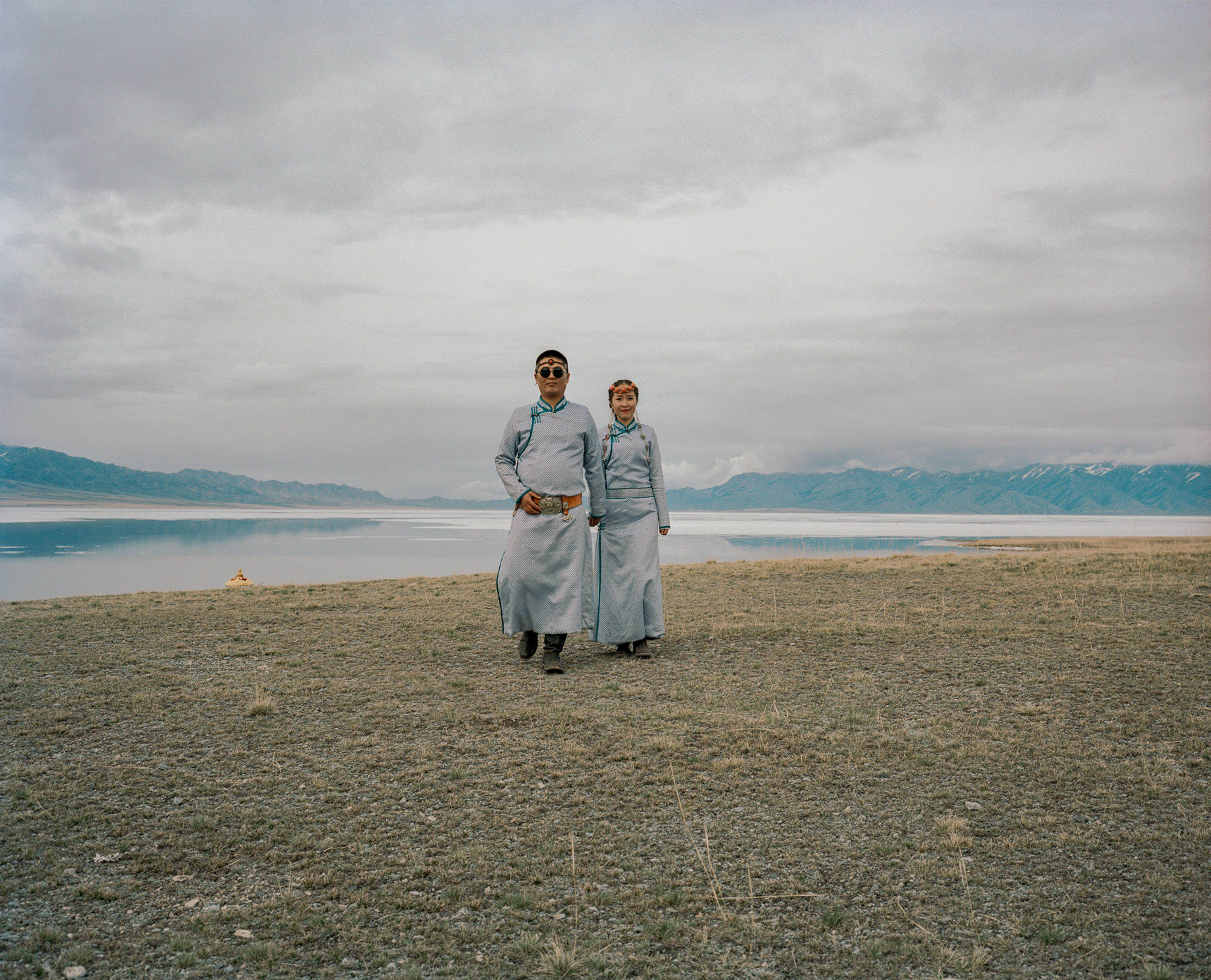
May 2017. Xinjiang province, China. A Chinese official of the Mongol minority taking wedding pictures near Sayram lake in the North-western part of the Chinese province of Xinjiang. View of Sayram lake in the North-western part of Xinjiang province near Kazakhstan. Part of the lake is still frozen at the beginning of spring.
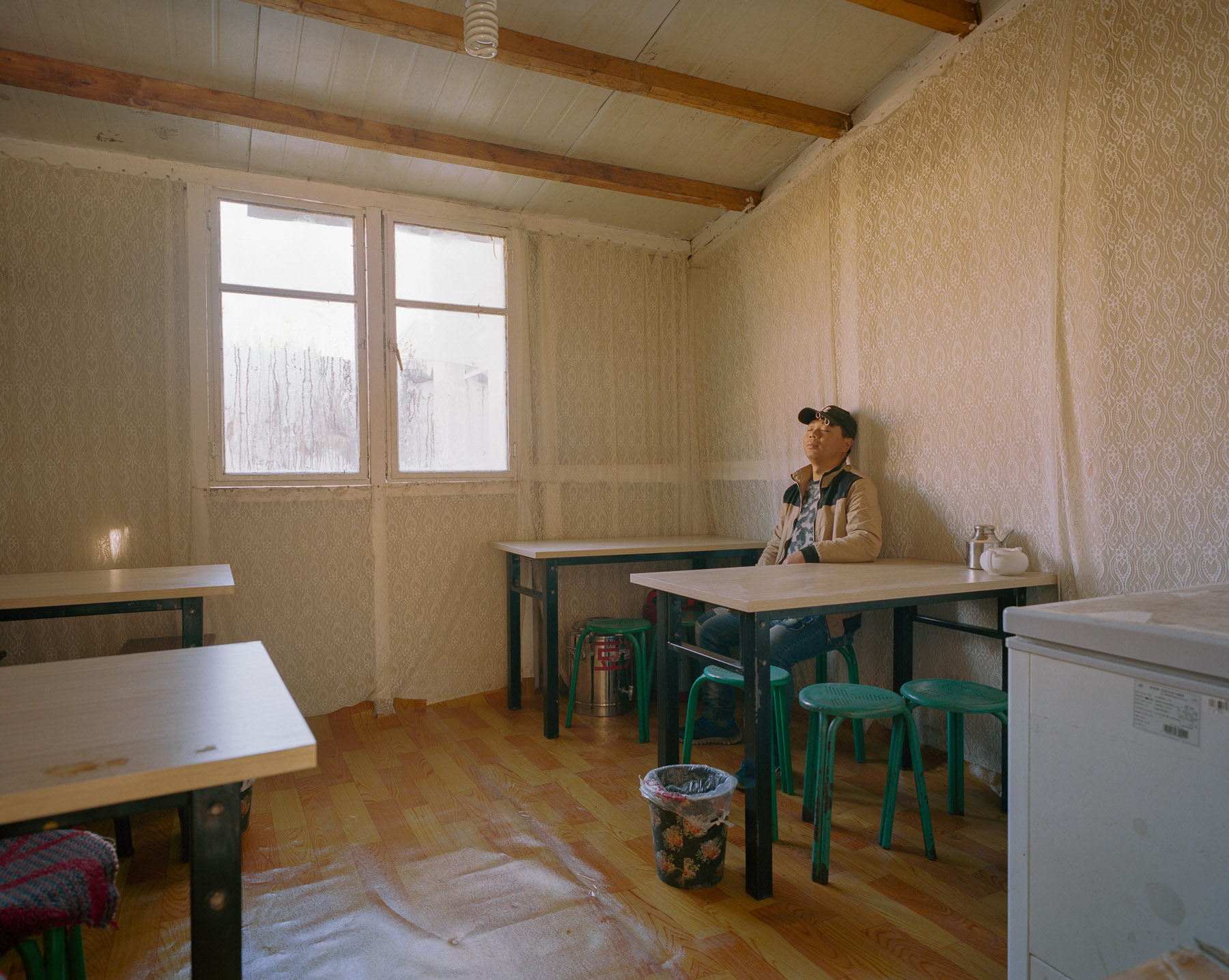
May 2017. Xinjiang province, China. A young Chinese man sleeps in a noodle shop near Kanas Lake. The lake is located in a valley in the Altai Mountains, near the very northern tip of Xinjiang, and the province's borders with Kazakhstan, Mongolia, and Russia.


















































Out West
Borrowing from romanticized notions of the American frontier, synonymous with ideals of exploration and expansion, photographer Patrick Wack captures a visual narrative of China’s westernmost region—Xinjiang. Whereas the American West conjures images of cowboys and pioneers, of manifest destiny and individualistic freedom, the Chinese West has not yet been so defined. It is a place of pluralities—of haunting, expansive landscapes, of rough mountains and vivid lakes, of new construction and oil fields, of abandoned structures in decaying towns, of devout faith and calls to prayer, of silence and maligned minorities, of opportunity and uncertain futures. It is a land of shifting identity. In essence, Xinjiang is the new frontier to be conquered and pondered.
Literally translating to “new frontier” in Chinese, Xinjiang is a land apart, and has been so for centuries. More than twice the land area of France with a population less than the city of Shanghai, the Chinese province of Xinjiang once connected China to Central Asia and Europe as the first leg of the ancient Silk Road. Yet it remains physically, culturally, and politically distinct, an otherness within modern China. Its infinite sense of space; its flowing Arabic scripts and mosque-filled cityscapes; its designation as an autonomous region; and simmering beneath, its uneasy relationship with the encroaching, imposing, surveilling East. For China’s ethnic Han majority, Xinjiang is once again the new frontier, to be awakened for Beijing’s new Silk Road—China’s own manifest destiny—with the promise of prosperity in its plentiful oil fields. For Patrick Wack, Out West is as a much a story of the region as it is his own, as much a documentation of a contemporary and historical place as it is an emotional journey of what it means to strive, and for what. There exists an inherent fascination in the region—as both key and foil to the new China—and a siren’s call to its vast limitlessness that instinctively incites introspection and desire. Showcasing a romanticism of the frontier, Out West presents Xinjiang via the lens of its present day, in photography that speaks of the surrealistic tranquility—and disquiet—of the unknown.
Out West offers an experience of Xinjiang that highlights its estrangement from contemporary perceptions of the new China, accentuating undercurrents of tension and the mystique it has cultivated—whether in their minds or ours. At its core, Out West is a question of perspective: What is the West but the East to another?
By Bonny Yau & Patrick Wack
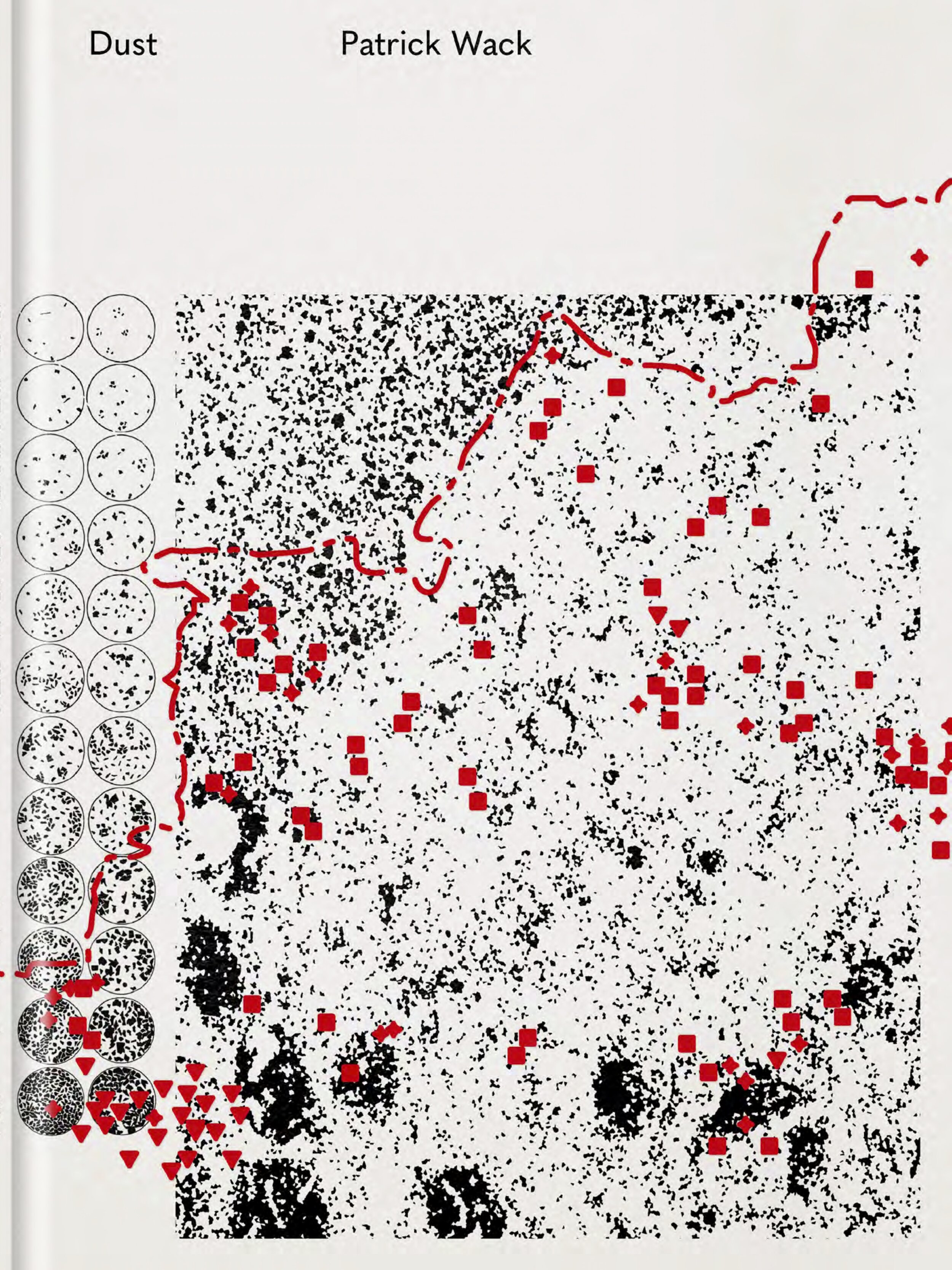
This project - enriched by several texts - will be published as a photobook by the Editions André Frères in October 2021
This monograph is dedicated to photographer Patrick Wack's four years of work in the Uyghur region (aka Xinjiang)


